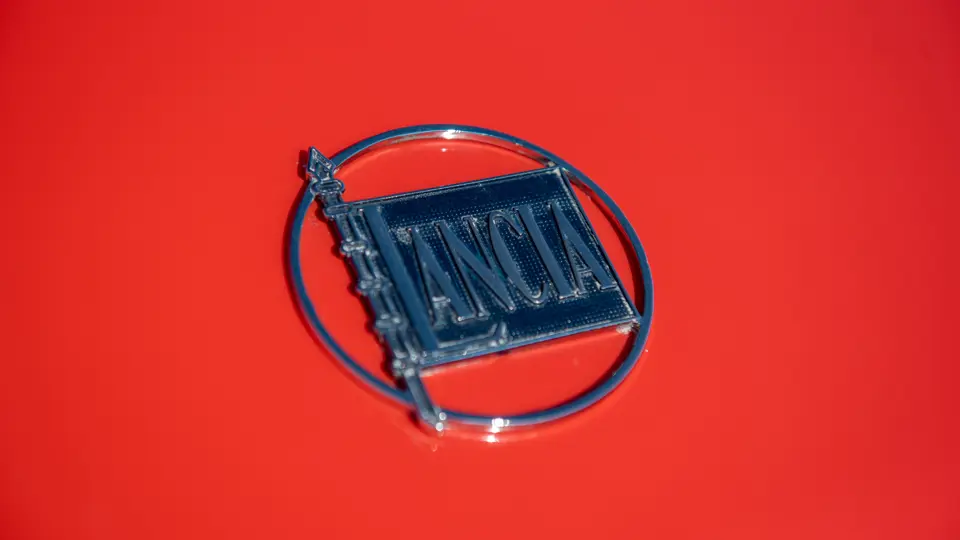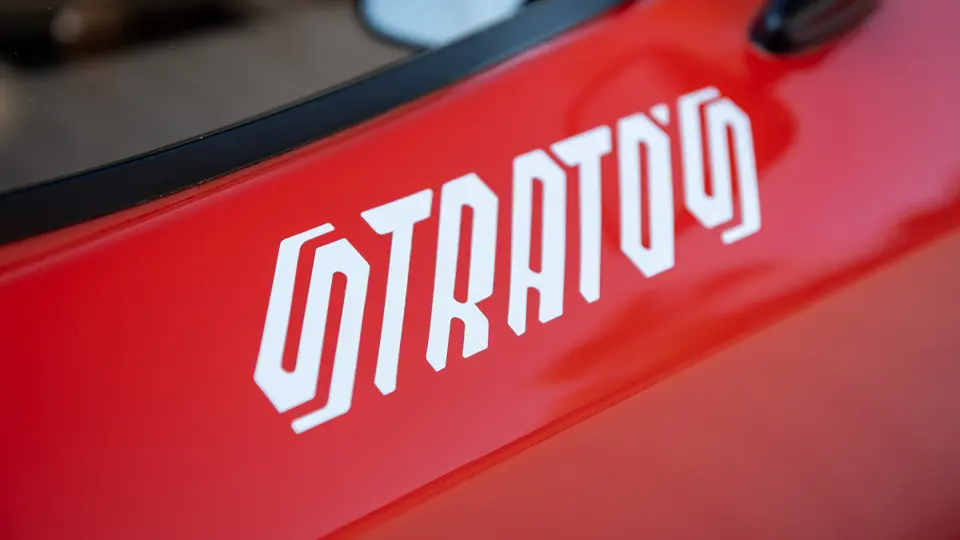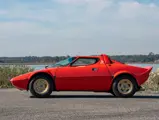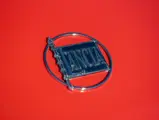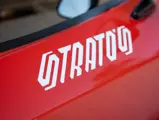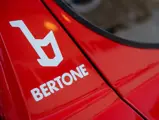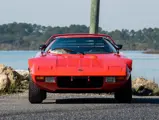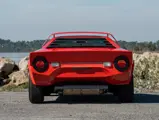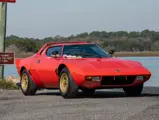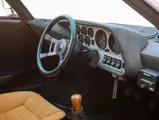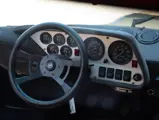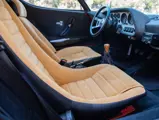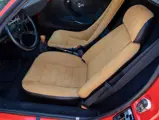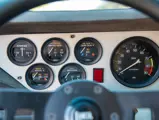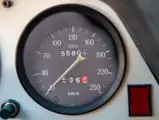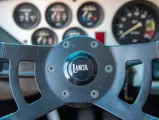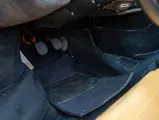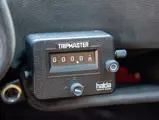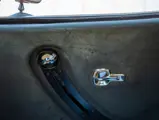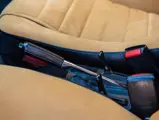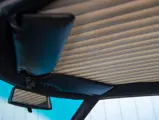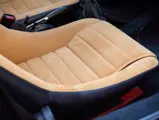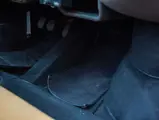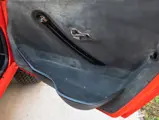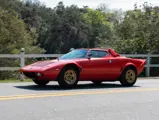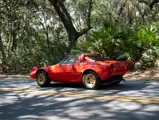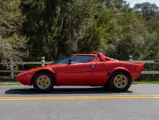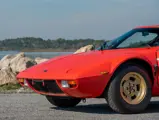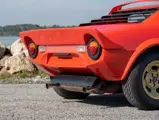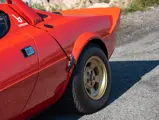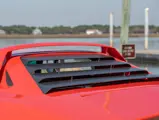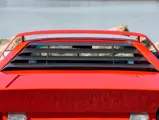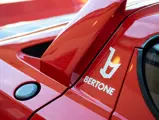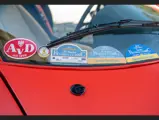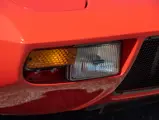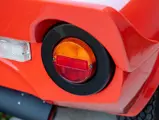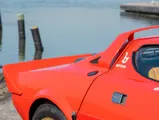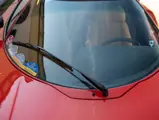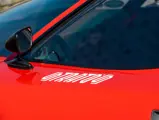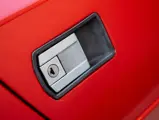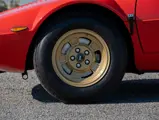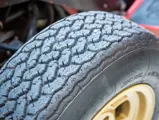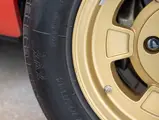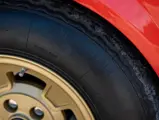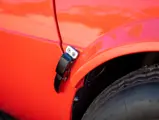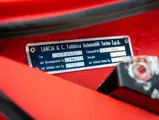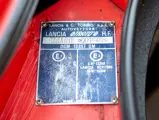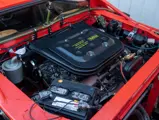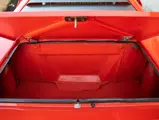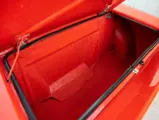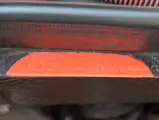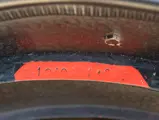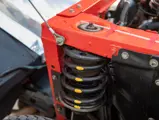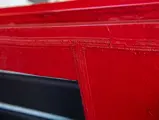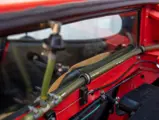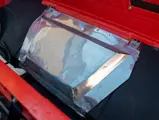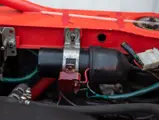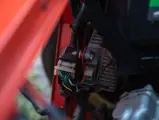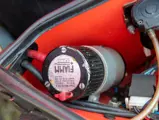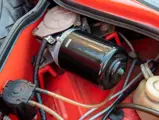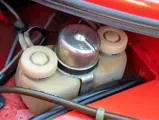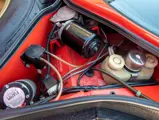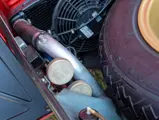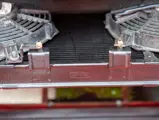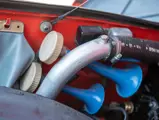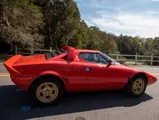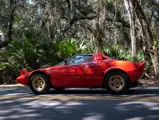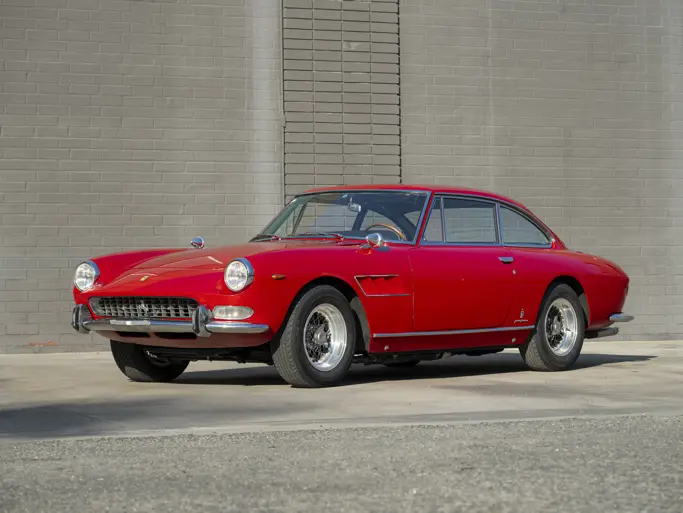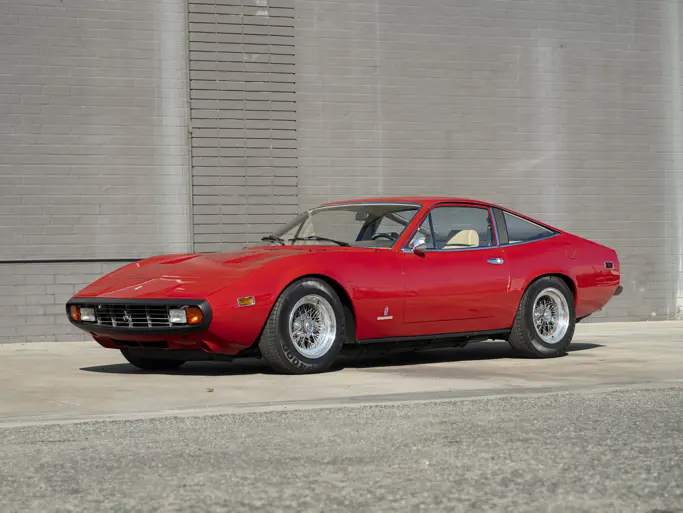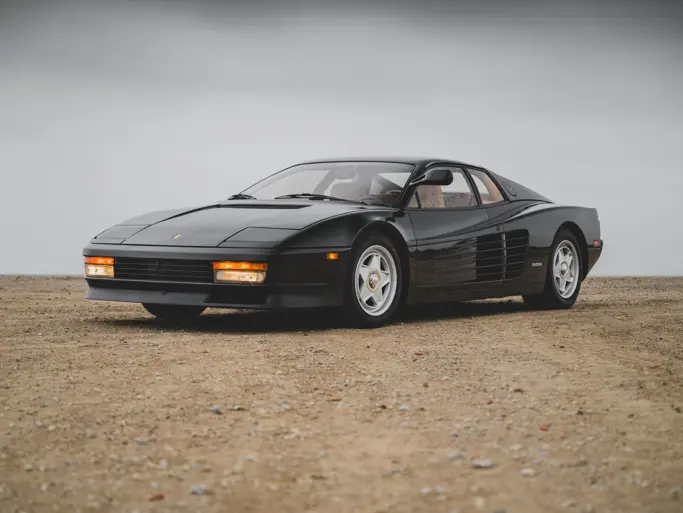
1977 Lancia Stratos HF Stradale by Bertone
{{lr.item.text}}
Sold
{{bidding.lot.reserveStatusFormatted}}
- One of 492 examples built
- Benefits from a life of consistent maintenance via only four owners from new
- German-market delivered
- Modestly driven example displaying 55,786 km (~34,664 miles) at cataloguing
- Documented with copies of Bertone build logs, German registration records, TUV inspection certificates, and service invoices
- Well-sorted and highly presentable example of Lancia’s celebrated three-time WRC-winning legend
Considered by many enthusiasts to be the most successful rally car ever devised, the Lancia Stratos has evolved into a highly celebrated model that is prized by today’s collectors, belying its modest evolution from a one-off concept car. In 1970 the Italian carrozzeria Bertone arrived at the Turin Motor Show with a radical concept called the Stratos Zero. Resembling a futuristic spaceship, the Zero received acclaim from the media and public alike, also drawing the notice of Lancia public relations director Sandro Fiorio. Fiorio and his son Cesare, Lancia’s rally team chief, sought to invigorate the manufacturer’s relatively staid image by strengthening its struggling motorsports division. They were intrigued by the potential of the Zero’s advanced design, and how it might be translated into an effective racing model.
With a sense of purpose, the Fiorios approached Lancia managing director Ugo Gobbato to propose a Bertone-bodied car based on the Stratos Zero concept. Gobbato, a former Ferrari chief, approved the project on the condition that it would be powered by a mid-mounted Ferrari V-6 engine and a five-speed manual transaxle, suggesting a clever use of parts sharing that would minimize development costs.
The following year, the orange Stratos HF (High Fidelity) prototype debuted at the 1971 Turin Auto Show, clothed in stunning new coachwork that was again penned by Marcello Gandini. In a nod to the car’s competition mandate, the wedge body was dominated by a large wraparound front windshield providing impressive lateral visibility (a particularly apt feature for a car built for a racing series where drivers were frequently sliding in a sideways motion).
In 1972 the Lancia team began campaigning the Stratos as a prototype, but success was not instantaneous. Eventually earning its first win in 1973, the model was on its way to supremacy in Group 4 rallying a year later. Entry into the 1974 World Rally Championship required a homologation of 500 road-legal units, and production commenced in 1973. Only 492 examples were ever completed, however, as the Group 4 production requirement was soon lowered to 400 units.
The Stratos was phenomenally successful on the world’s rally stages, securing three consecutive WRC Manufacturers’ Championships from 1974 to 1976 and thereby cementing its legendary status. After its factory campaign was over, the model continued to be successful in the hands of privateers, notably helping the champion factory driver Sandro Munari to the WRC Drivers’ Championship in 1977, and even winning the Monte Carlo Rally in 1979. Now recognized as the first automobile ever purpose-built for the World Rally Championship, the Stratos has developed into one of Lancia’s most collectible models, claiming rarity, captivating external design, an athletic chassis and drivetrain, and a competition pedigree second to none.
This well-maintained mid-production example of the legendary Stratos is understood to benefit from a short chain of just four owners, contributing to a life of modest use and consistent upkeep. According to copies of Bertone production logs, chassis number 1640 completed assembly in July 1974 wearing body number 110. As a car specified for the German market, the Lancia was fitted with flatter, adjustable Fulvia-style seats, and it also benefits from the rear-roof and tail spoilers.
The Stratos was then distributed for retail to Autohaus Burkhardt, a large Fiat/Lancia dealership in Idar-Oberstein, Germany, and like many of its (then-underappreciated) brethren, the car remained unpurchased at the dealership for some time. In 1977 the dealer registered the Lancia to himself, and he kept the car for two years before selling it to an employee named Mr. Stroh, who soon upgraded the carpets in black, refurbished the dashboard cover, and had the undercarriage undercoated.
Following Mr. Stroh’s passing over two decades later, the Lancia was offered by Autohaus Aumüller, a dealership that reportedly had serviced the car through its earliest years. Purchased by Christian Waasner of Forchheim, Germany, the Stratos continued to benefit from regular service by Autohaus Aumüller through 2014, as reflected by maintenance invoices on file. This period is also documented with a decade’s worth of TUV inspection certificates from Germany. Significantly, in April 2011 the seats were reupholstered in beige alcantara by ASTEC in Forchheim, and in June 2013 Aumüller adjusted the valves and timing chains, installed new front brakes, rebuilt the brake booster, repaired the alternator, and replaced the fuses.
In 2014 the Lancia was purchased by the most recent owners, who are respected American collectors focused on significant, low-production European sportscars. Maintenance has been dutifully continued, including attention in February 2021 by the respected Continental Auto Sports in Hinsdale, Illinois, during which the auxiliary belts were replaced and the clutch hydraulics were serviced.
Claiming modest driving use with an odometer reading of 55,786 km (~34,664 miles) at cataloguing, and impressive quality throughout, the Lancia sports the correct, gold Stradale-specification wheels, while the roof and tail spoilers have been colored coded to the rest of the body. As a superb, well-documented and high-level driver example of one of the most archetypal motoring silhouettes, this wonderful Stratos would make a distinctive addition to any sporting collection, sure to inspire the admiration of marque enthusiasts, rallying fans, and 1970s supercar aficionados alike.


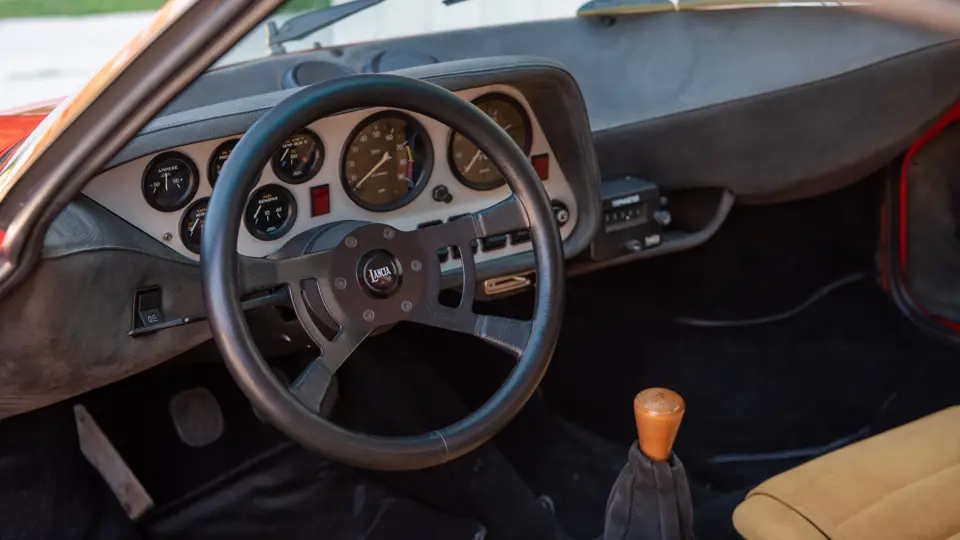

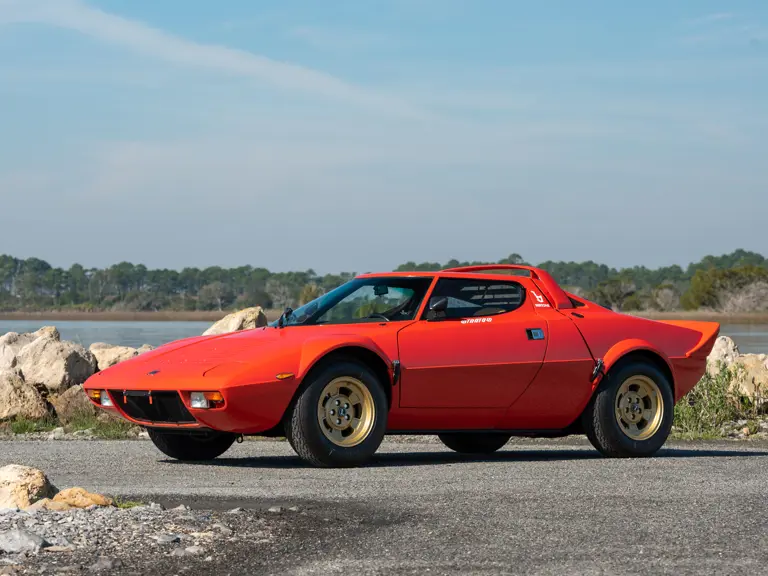
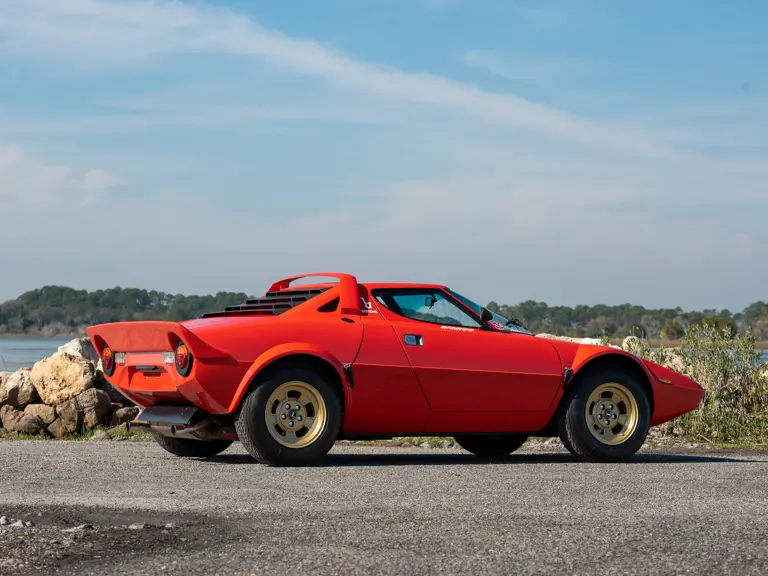
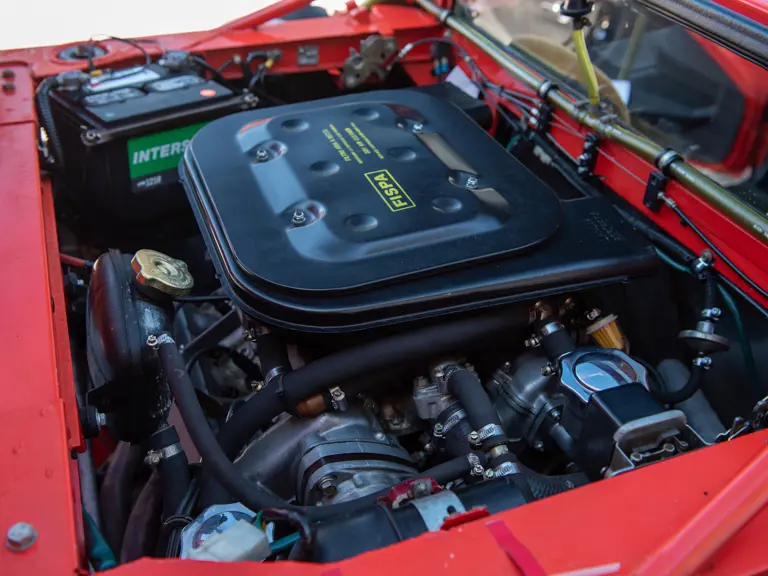
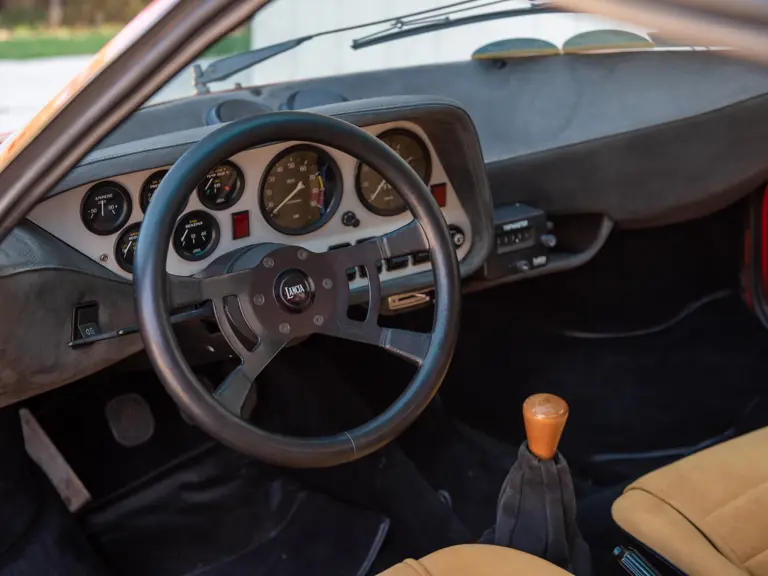
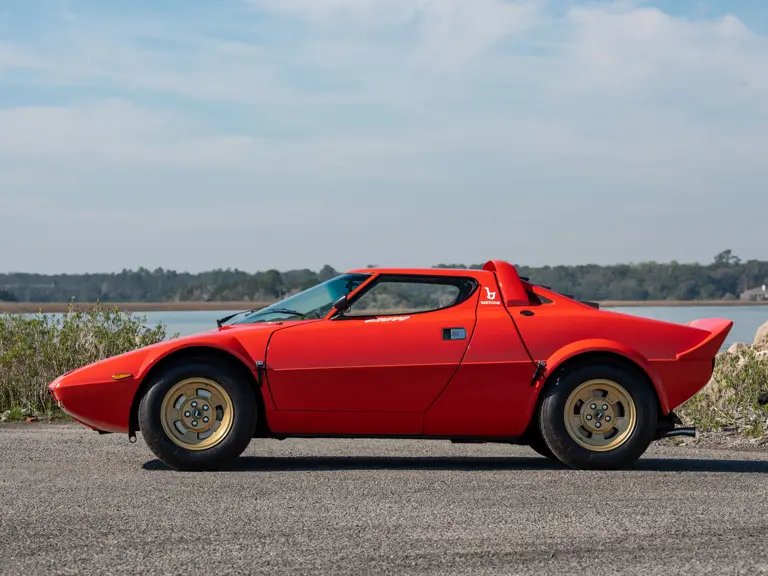

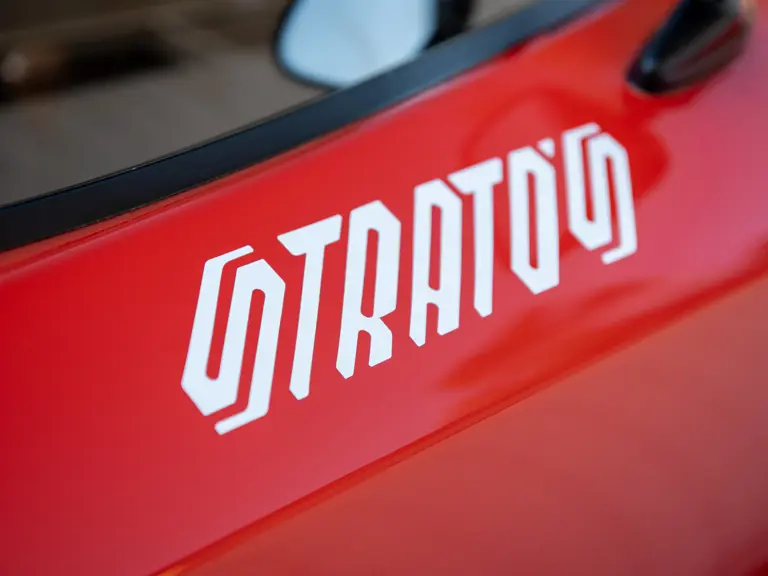
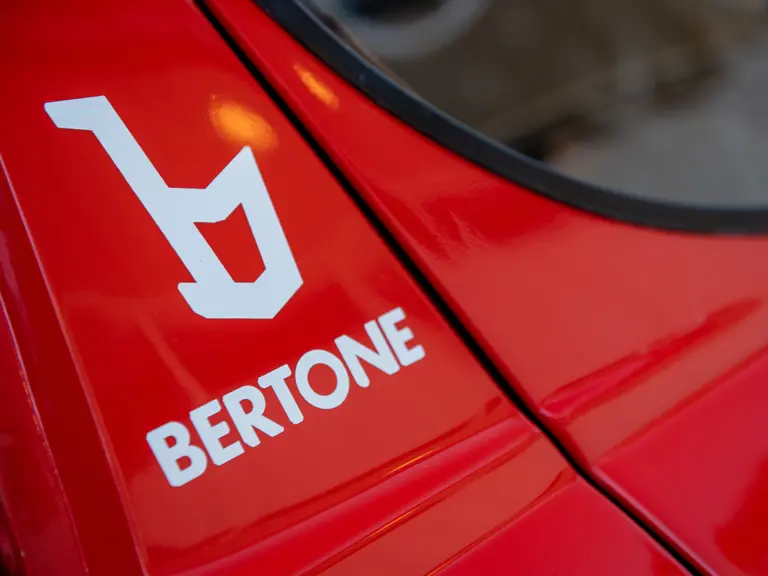
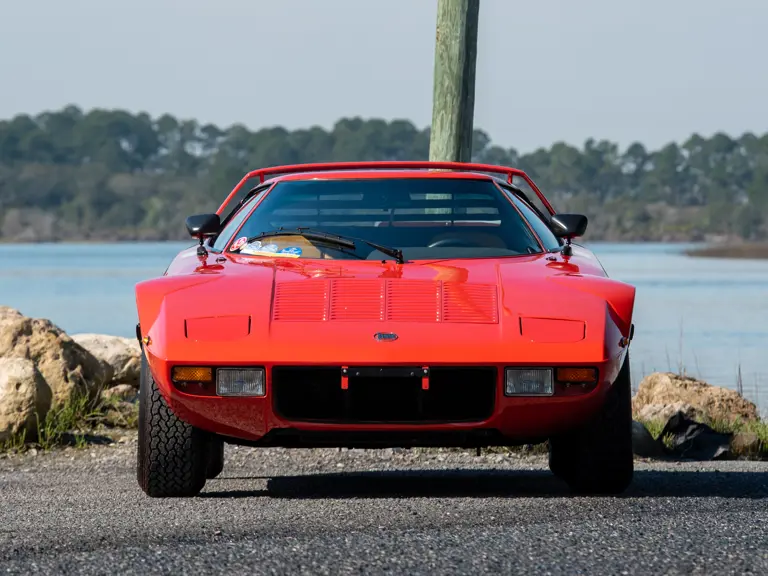
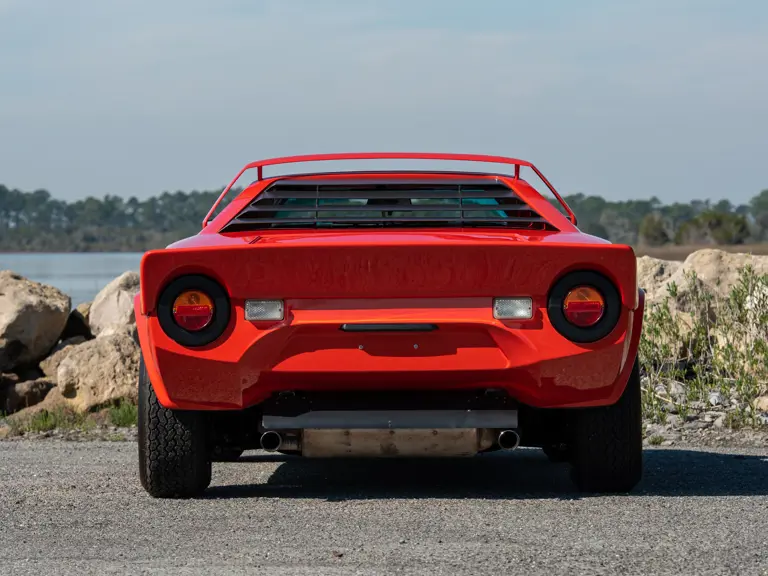
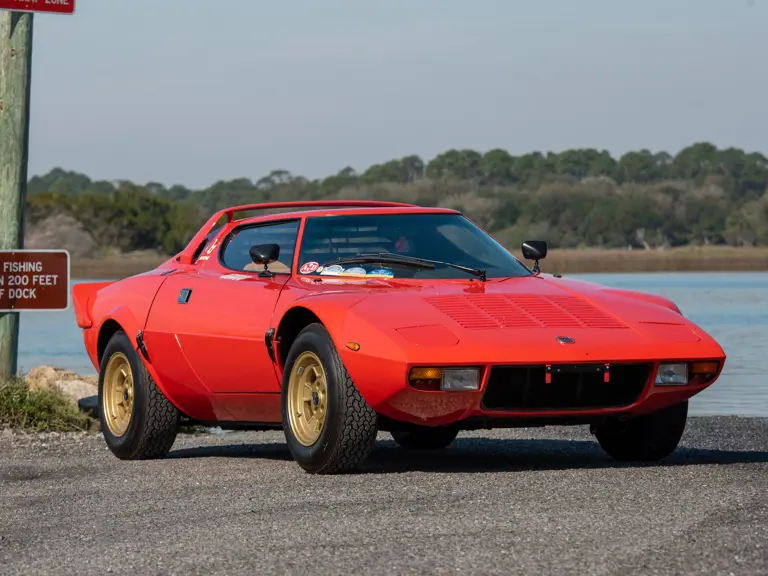
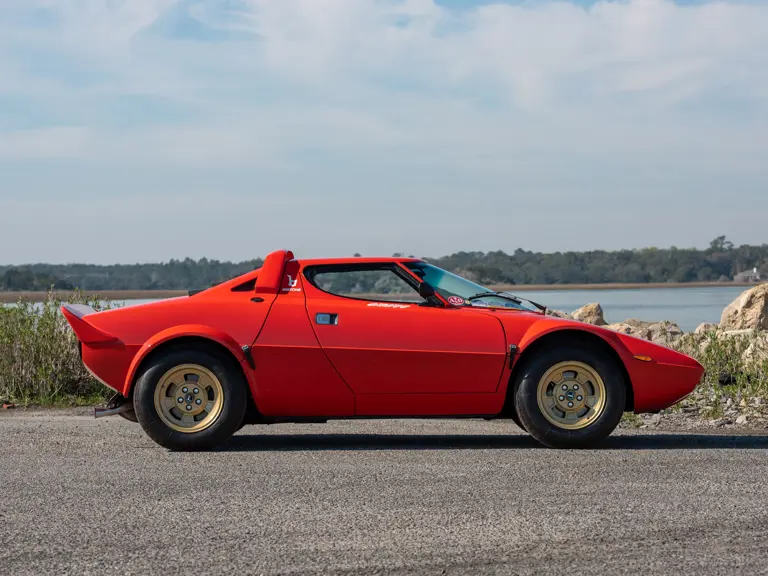
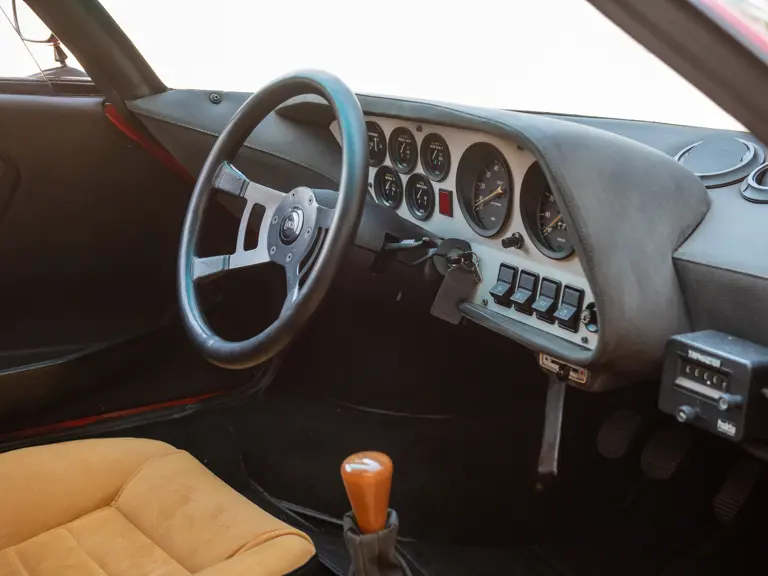
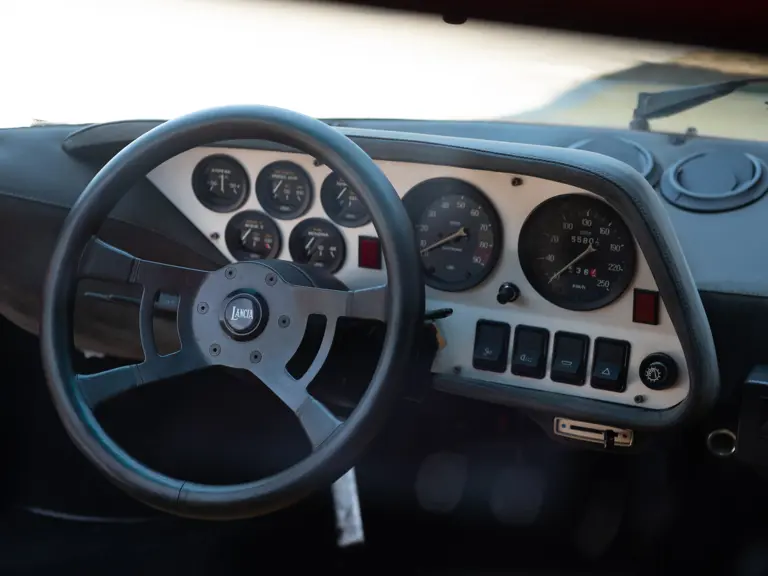
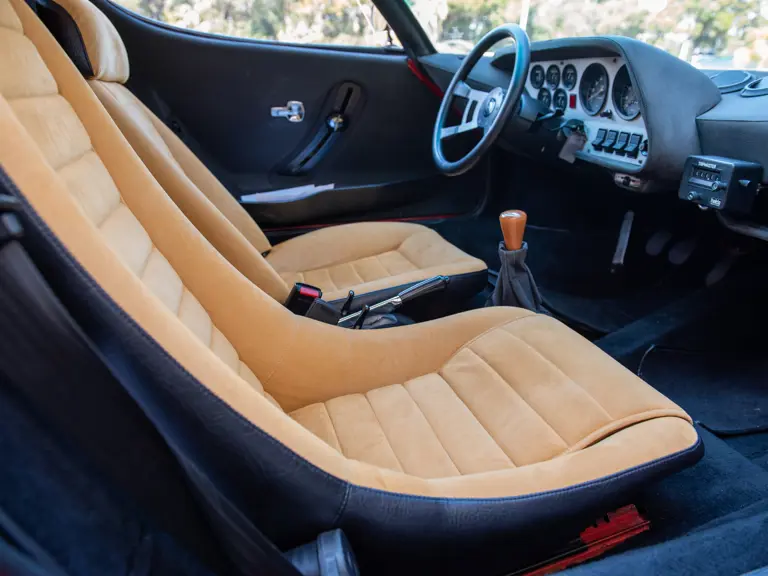
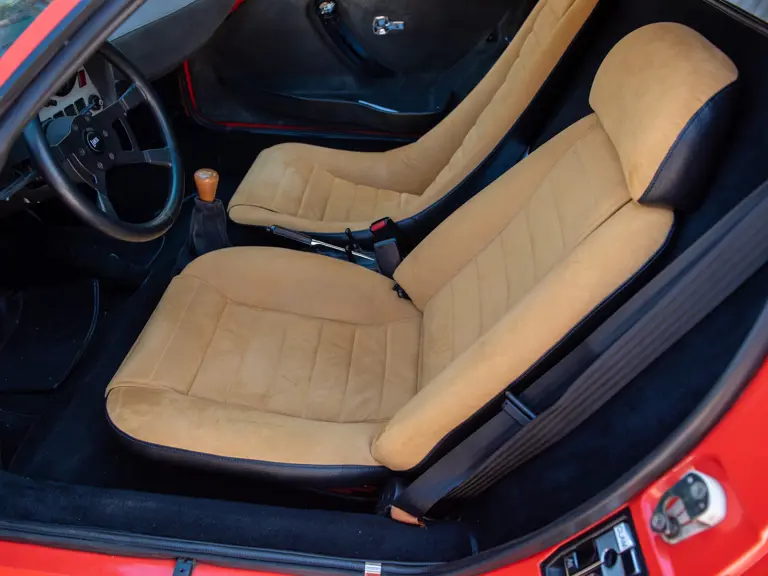
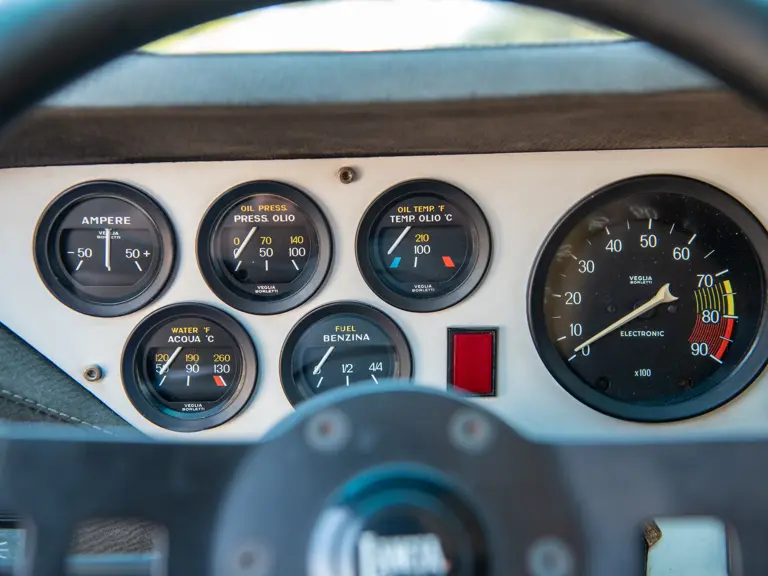
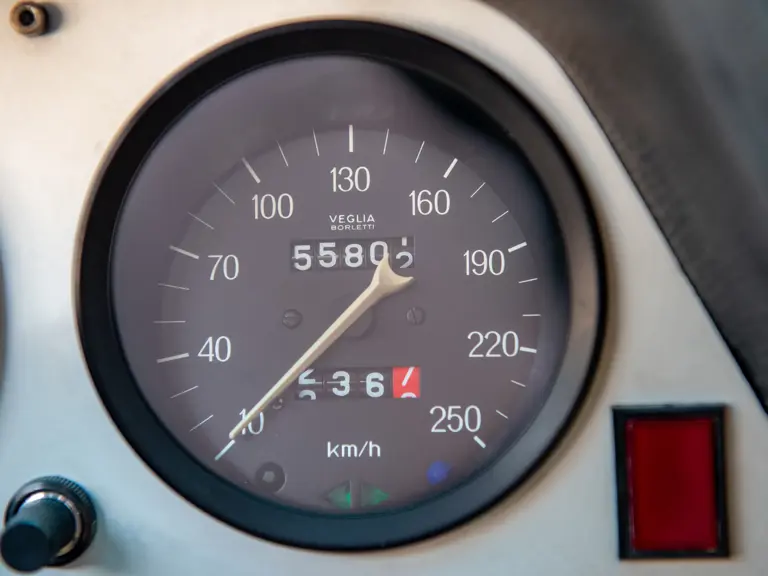
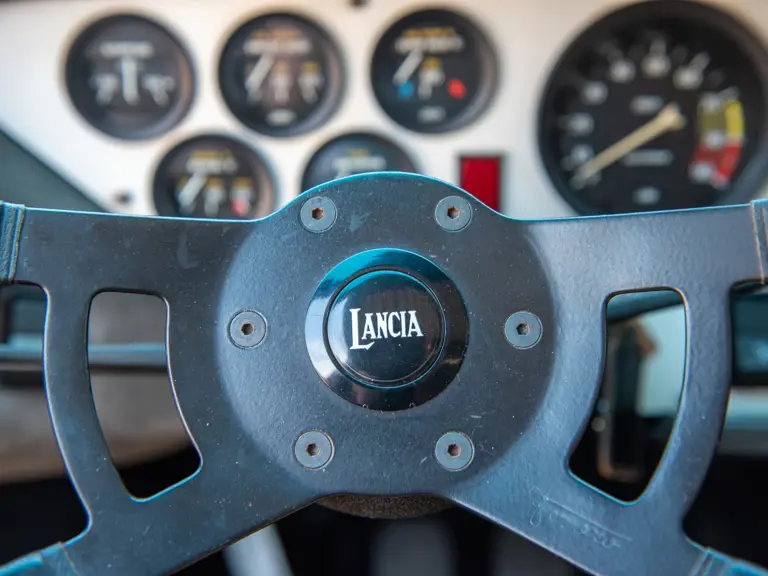
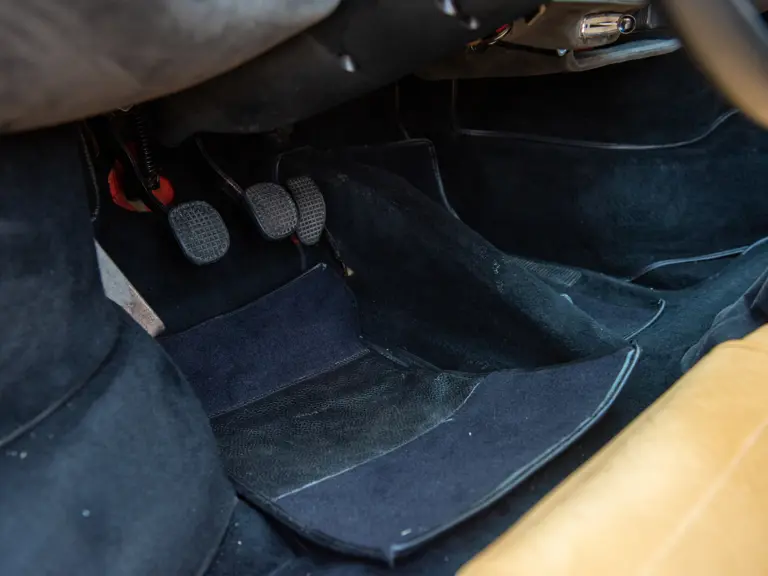
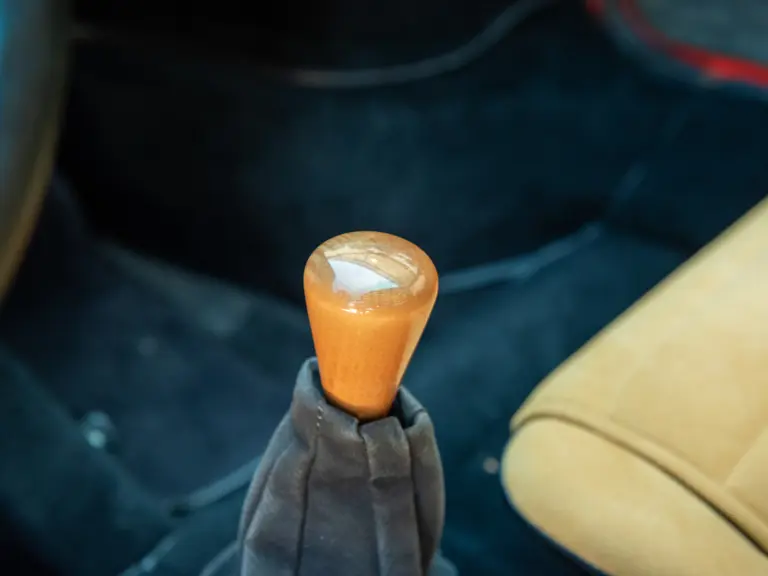
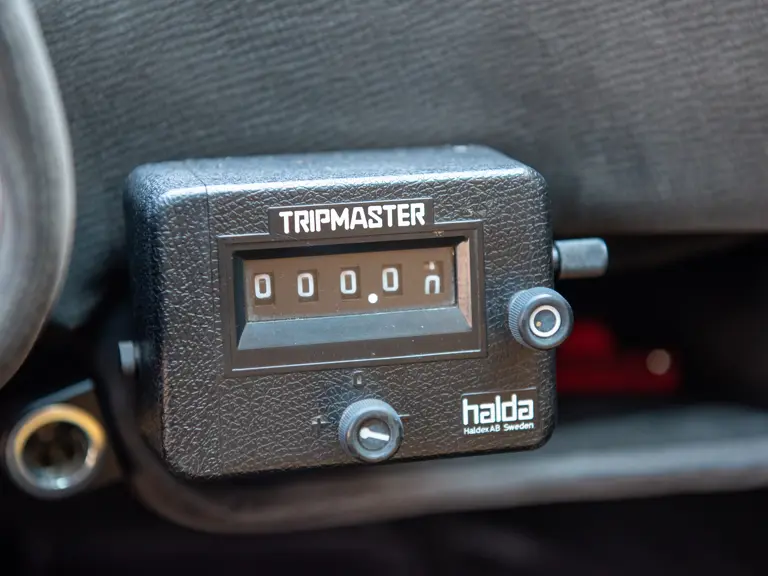
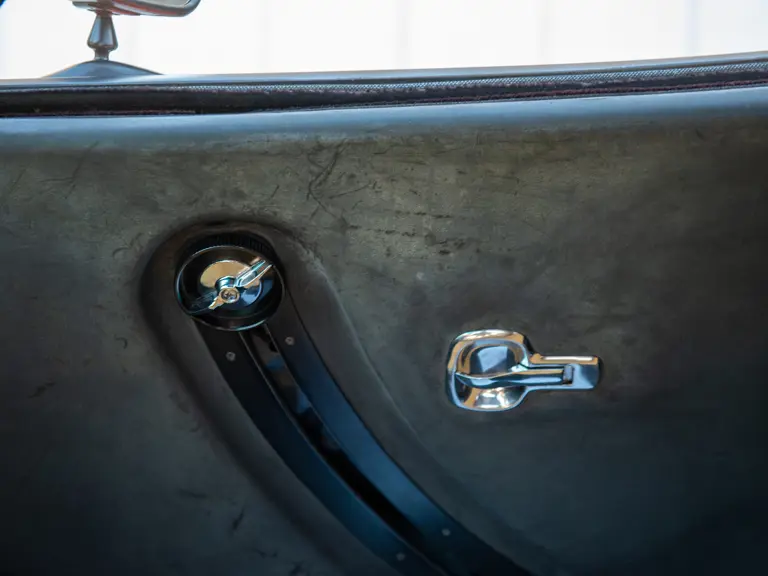
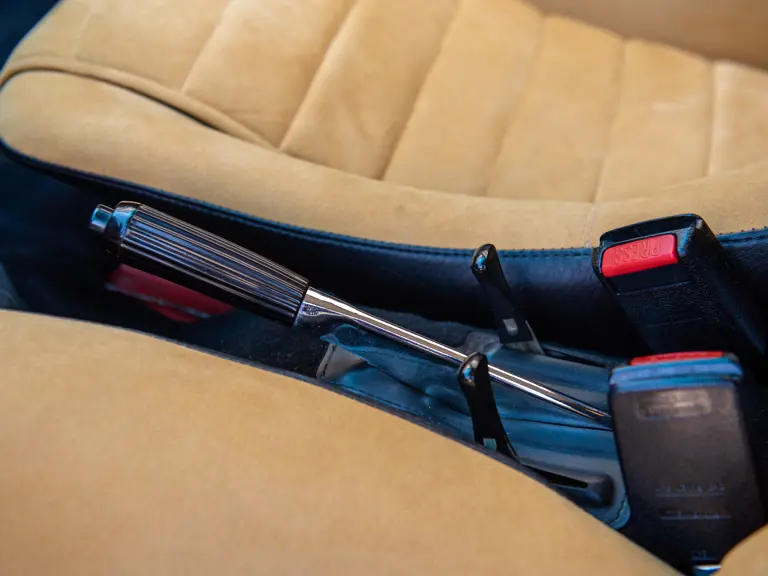
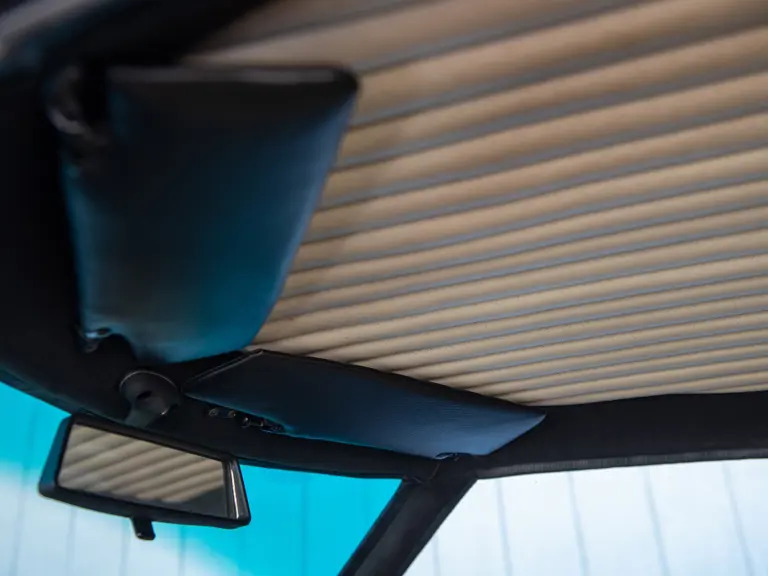
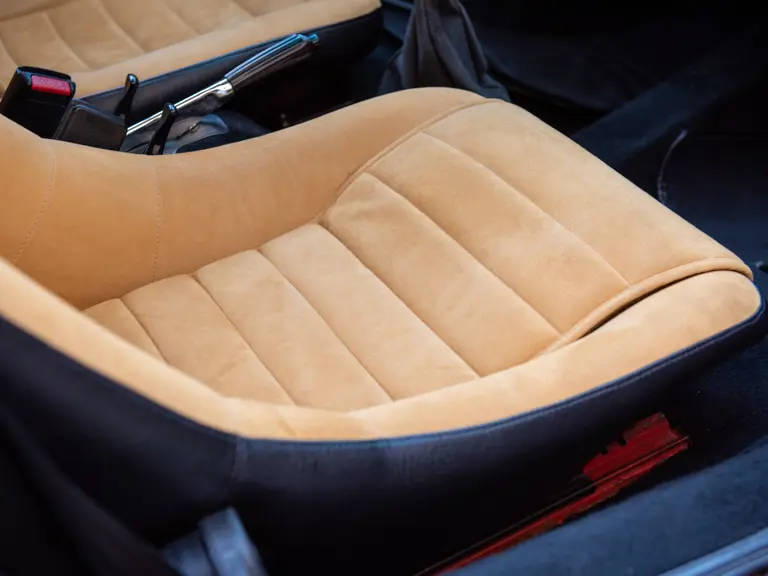
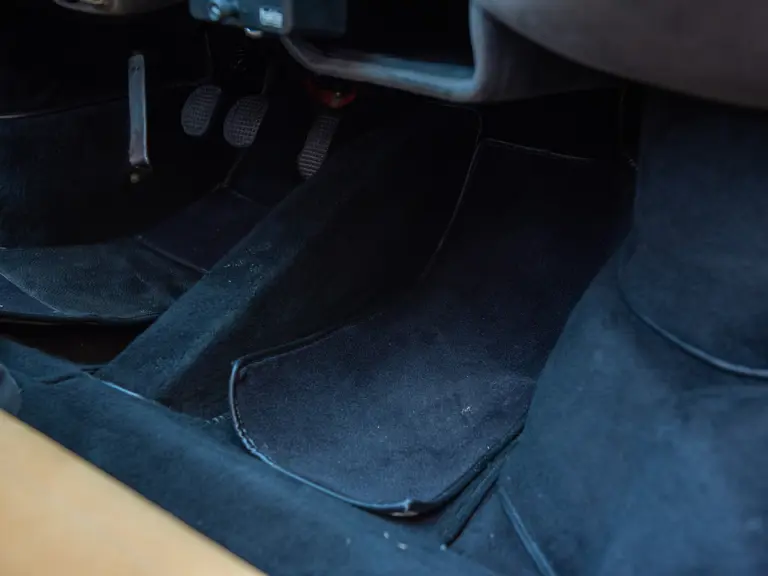
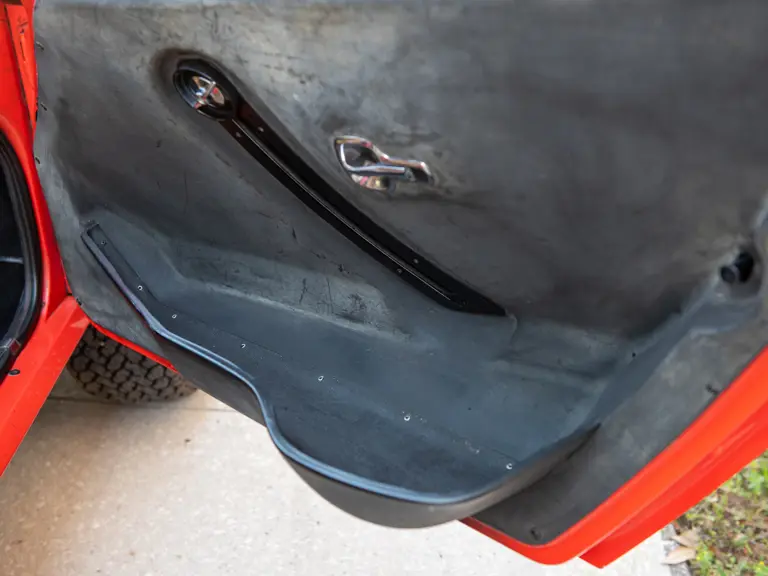
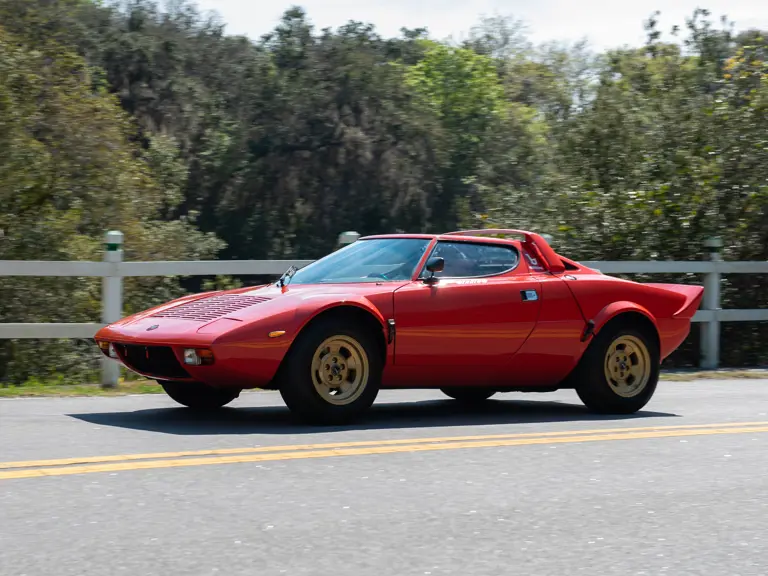
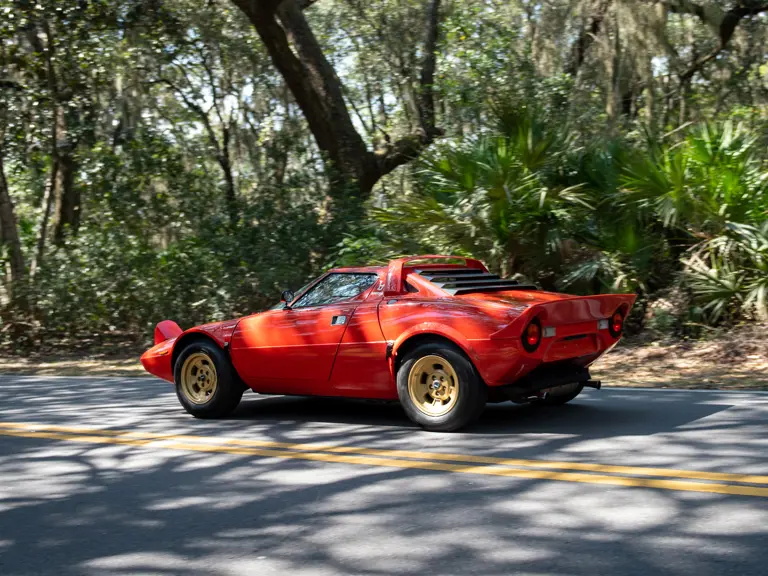
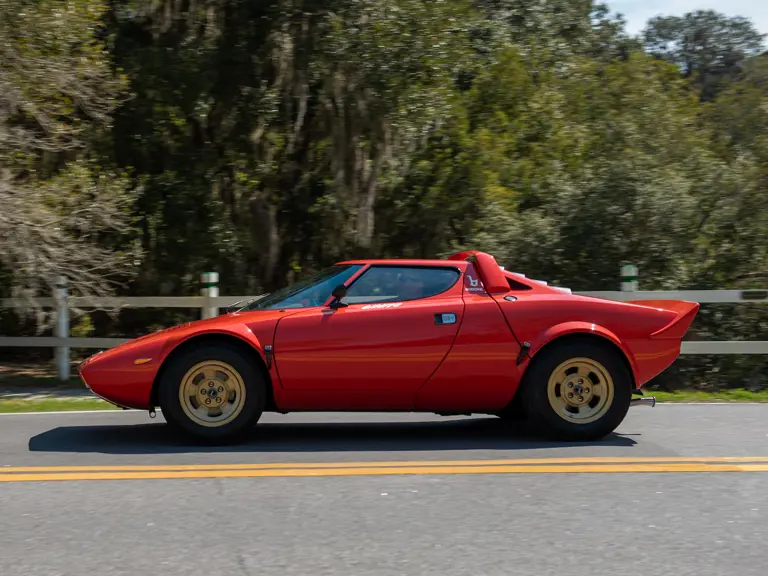
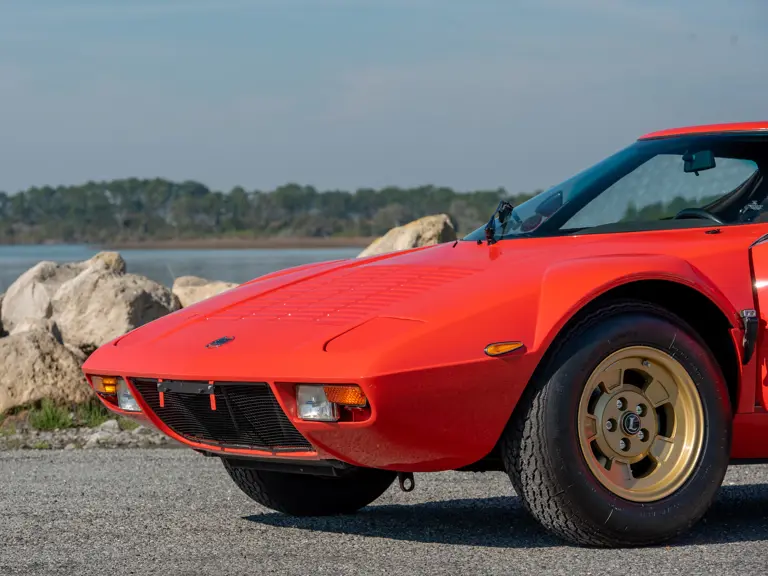
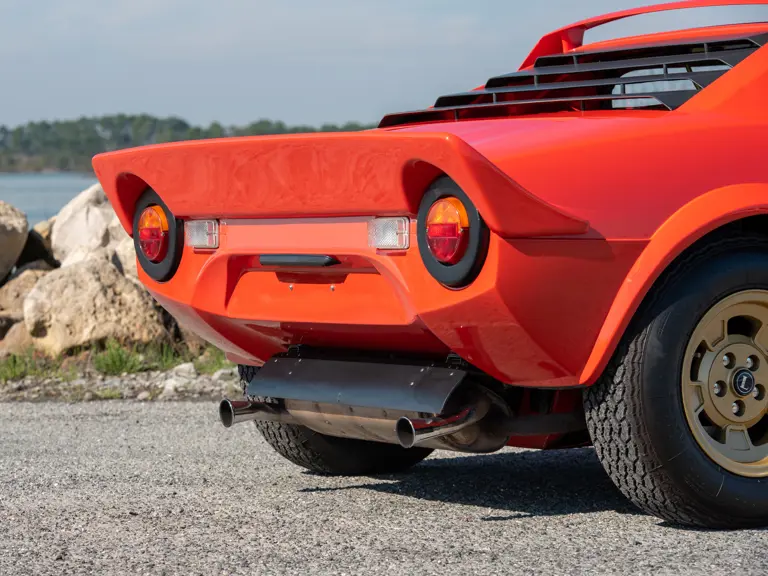
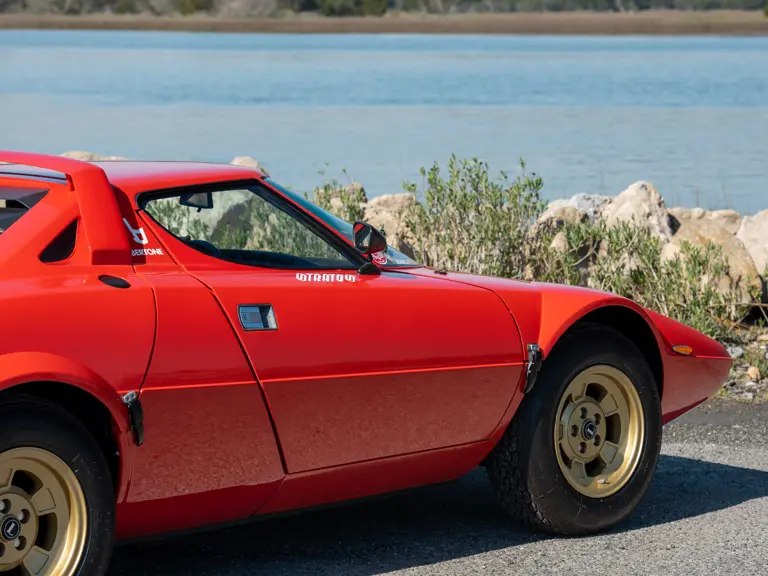
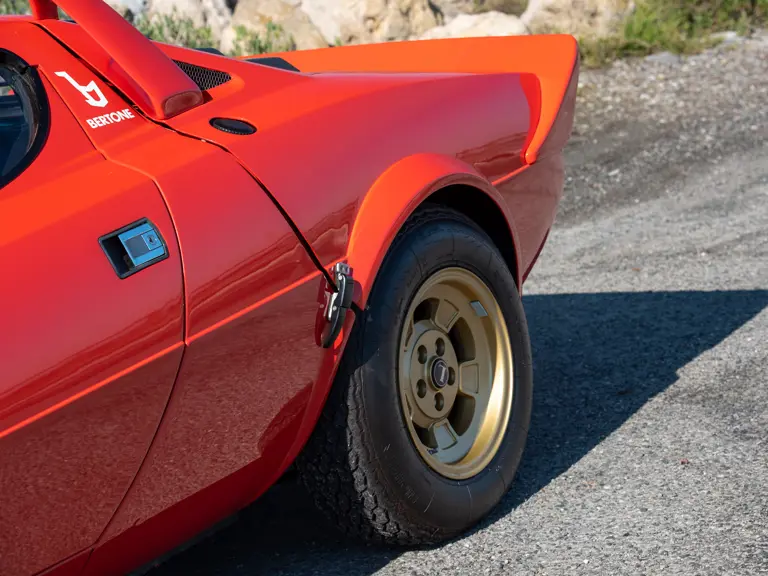
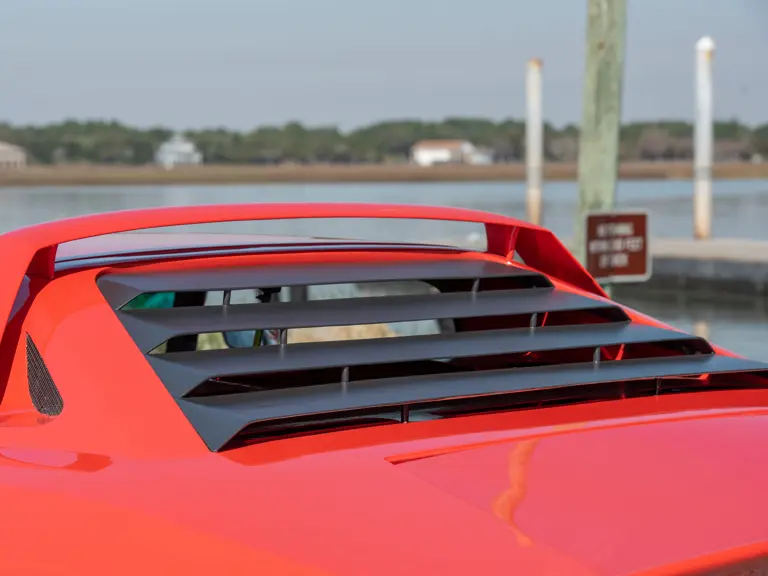
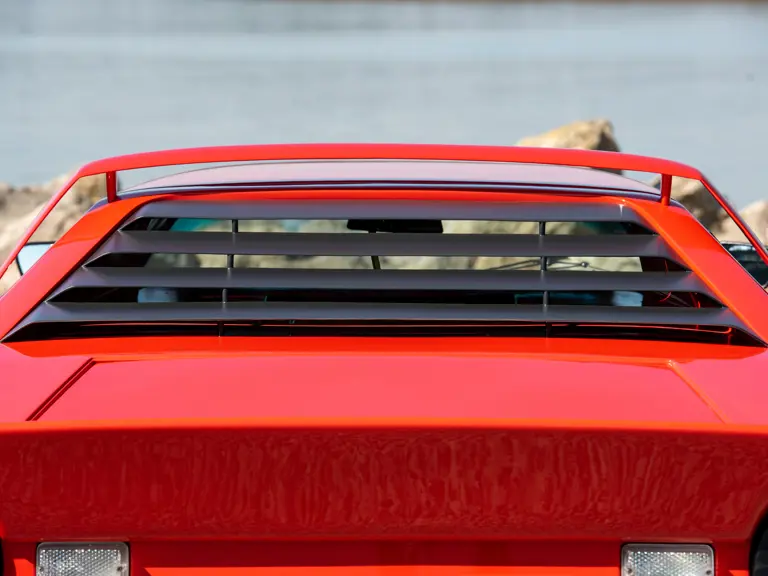
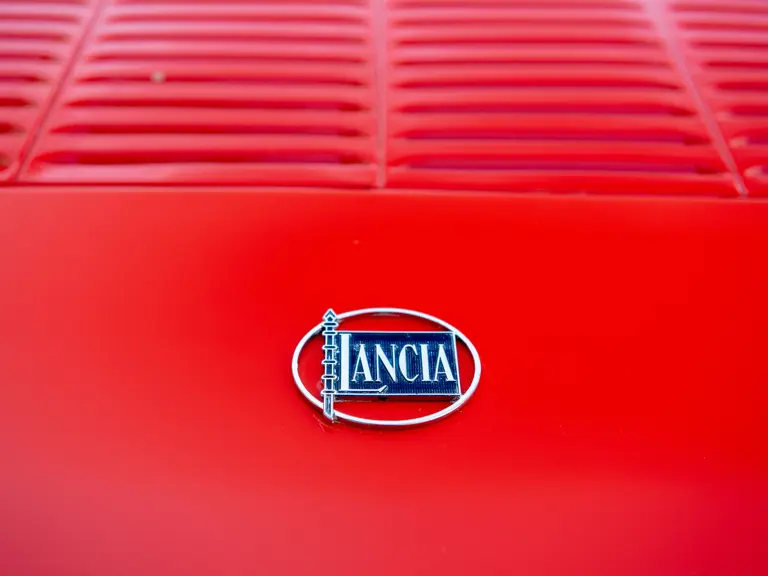
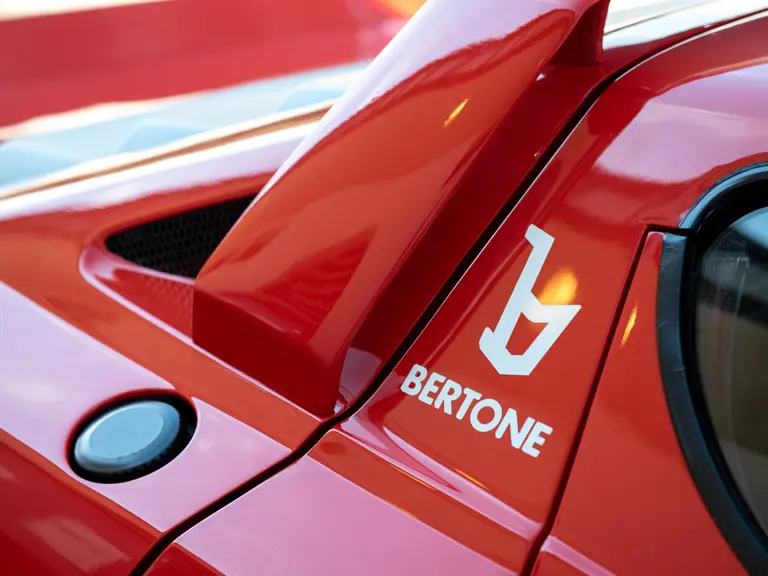

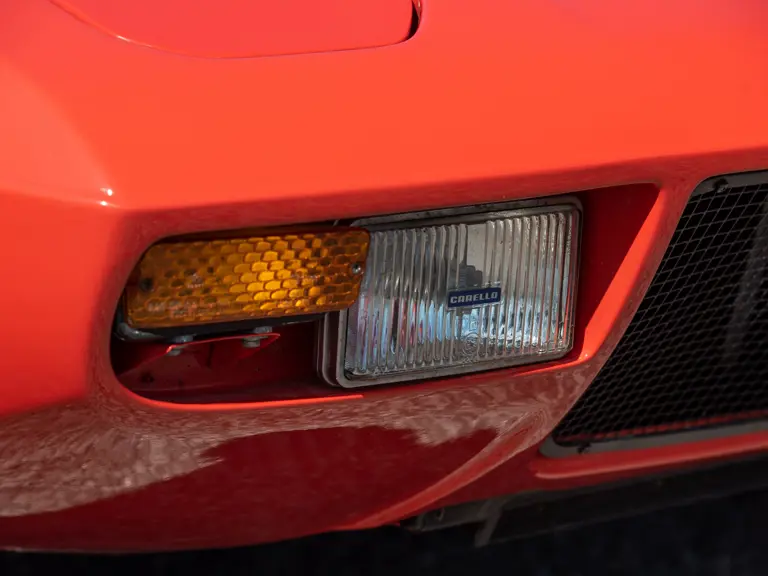
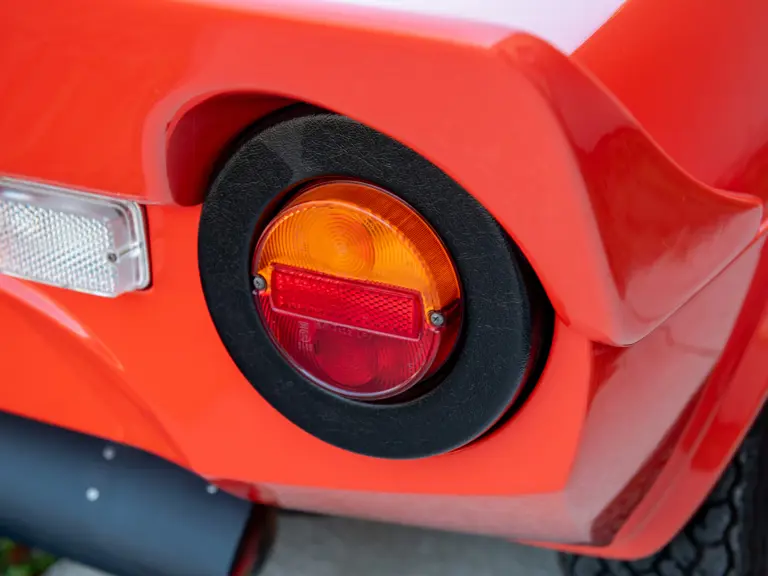
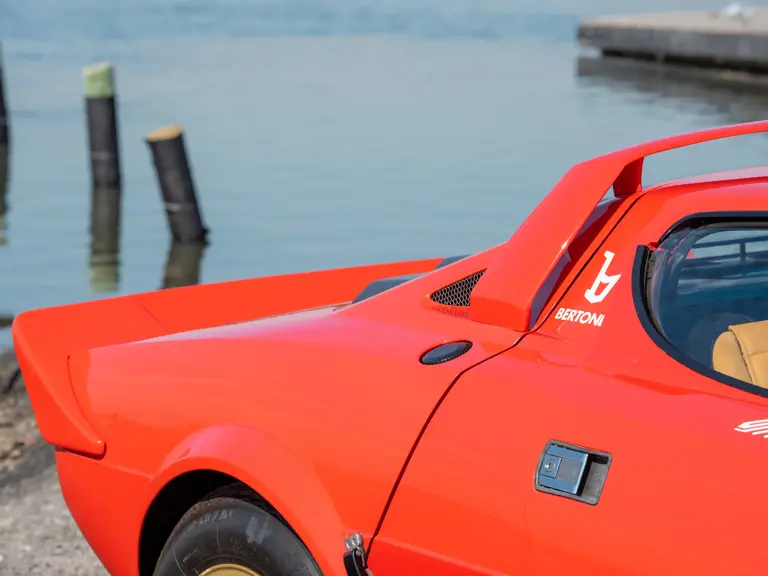
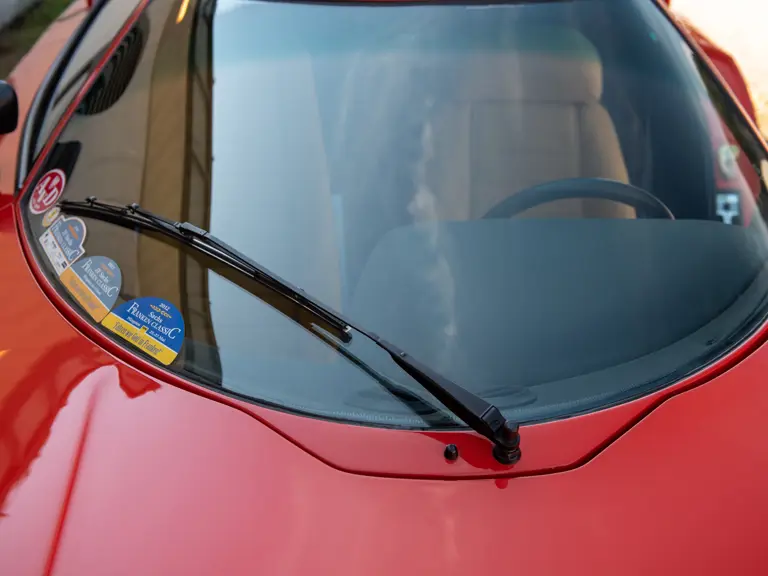
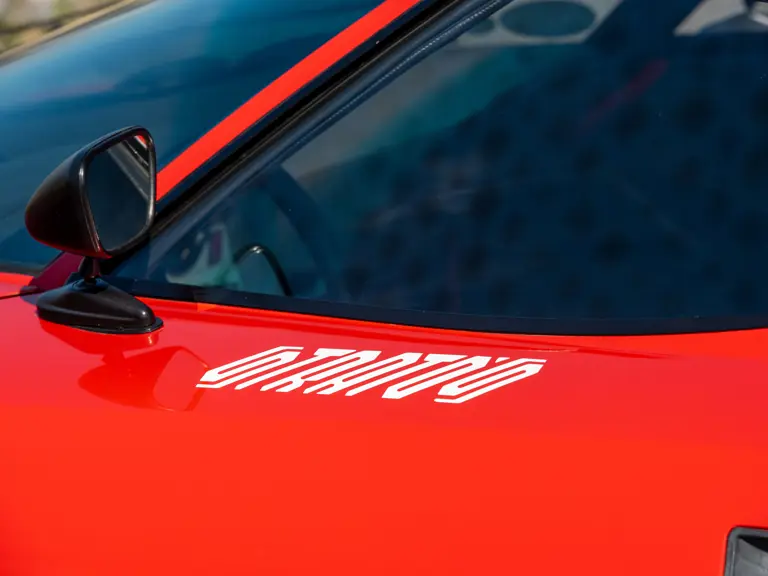
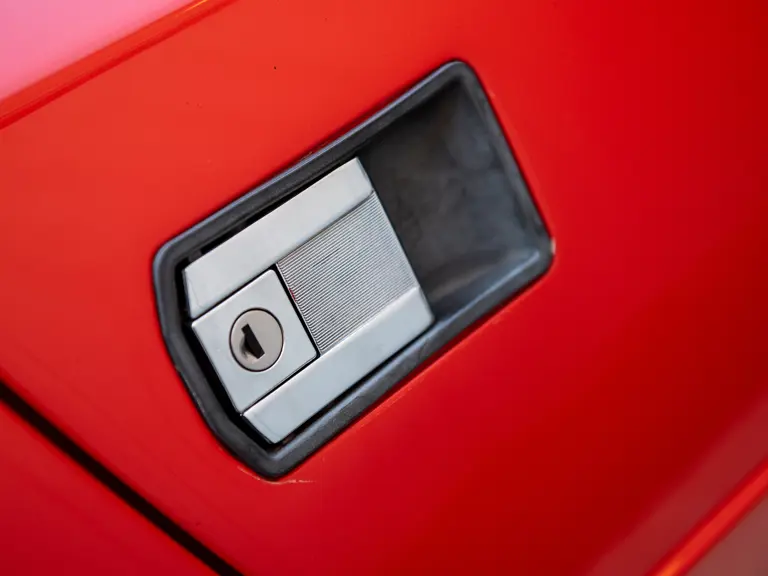
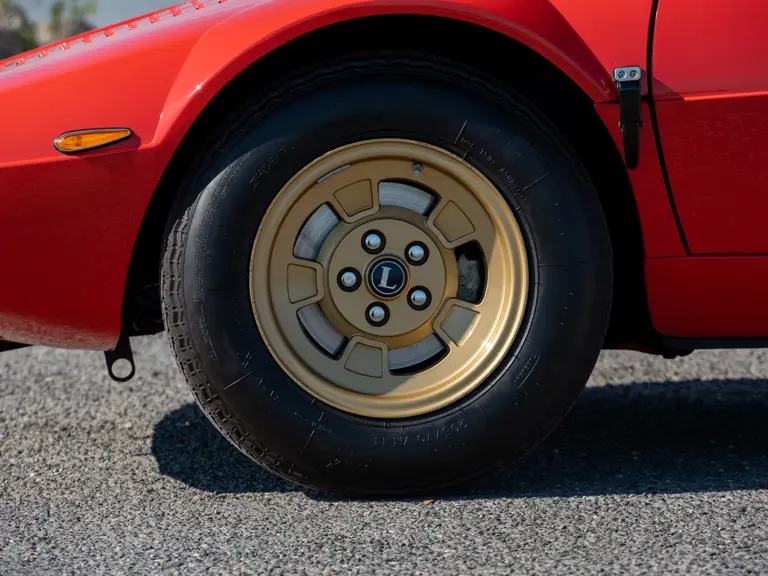
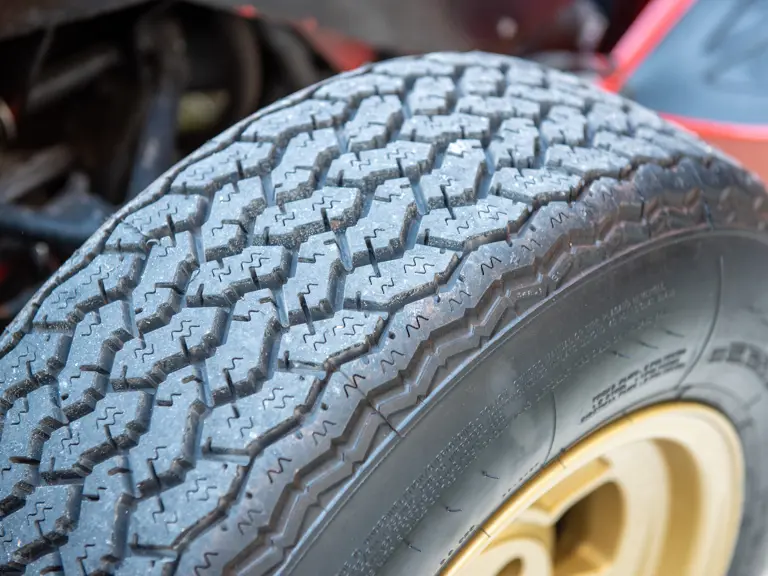
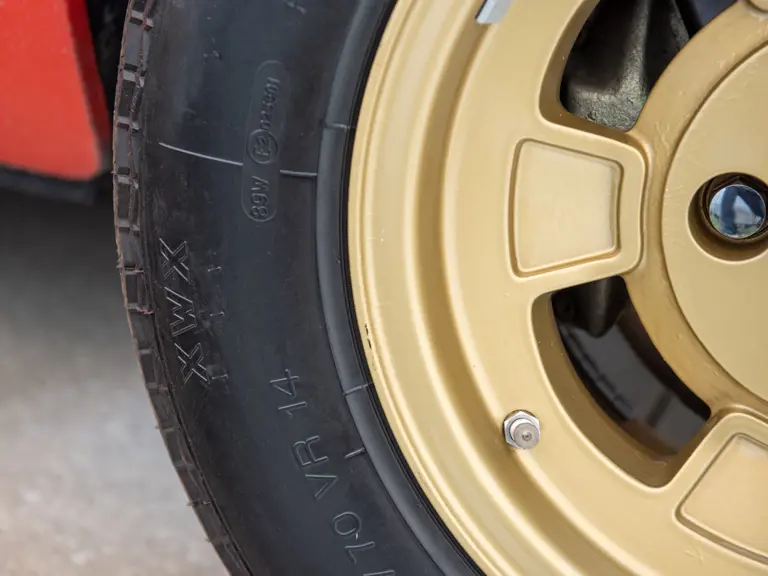
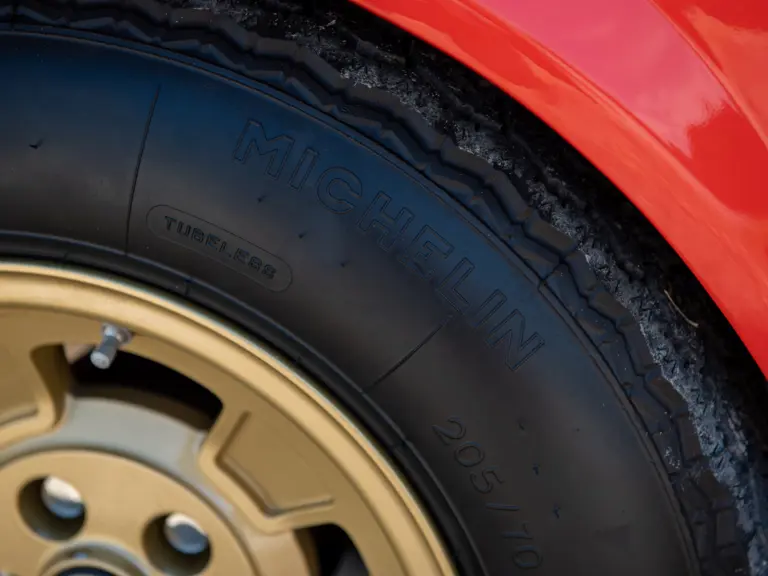

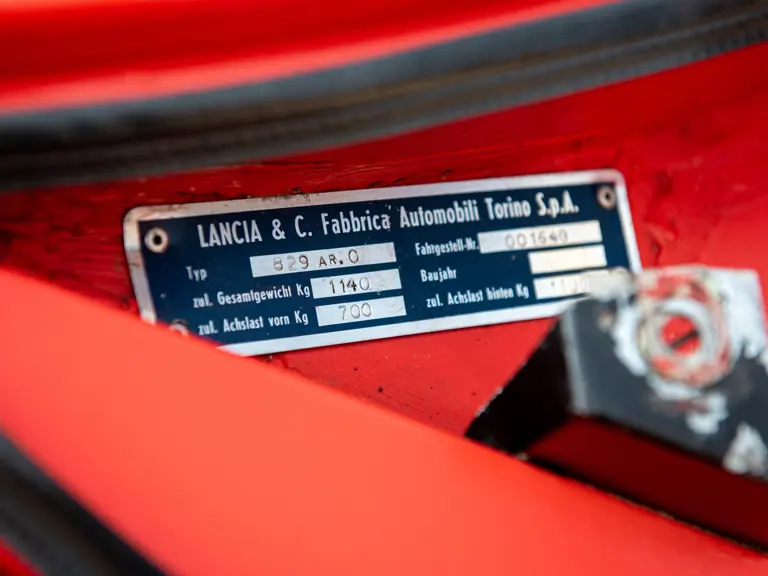
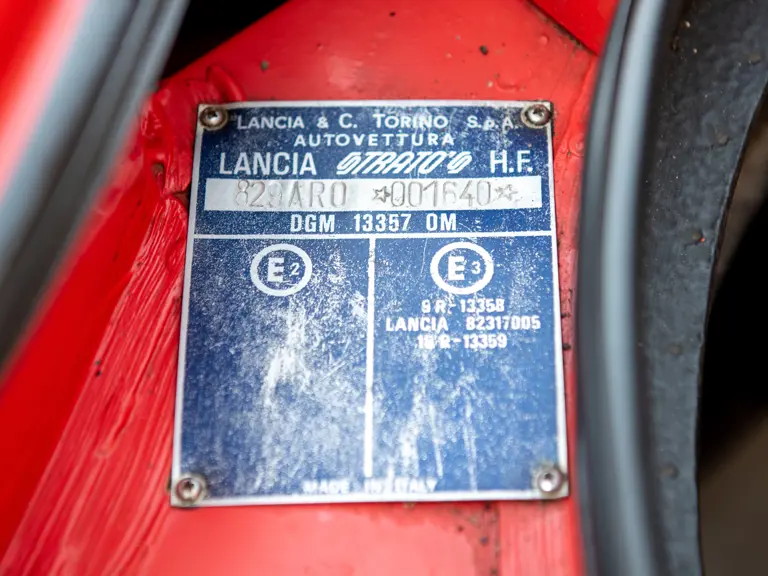
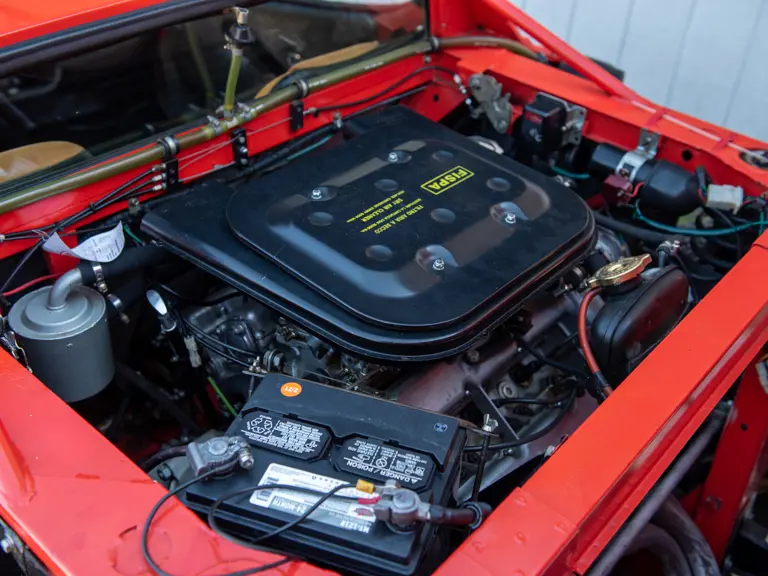
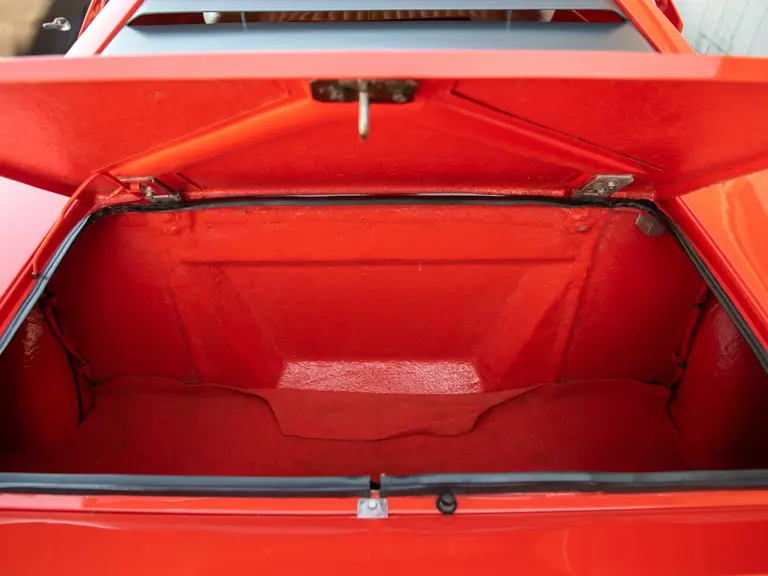
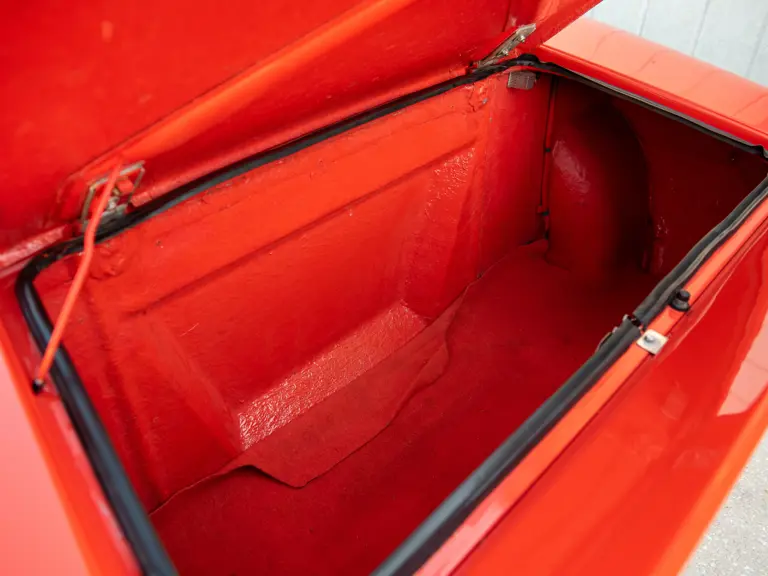
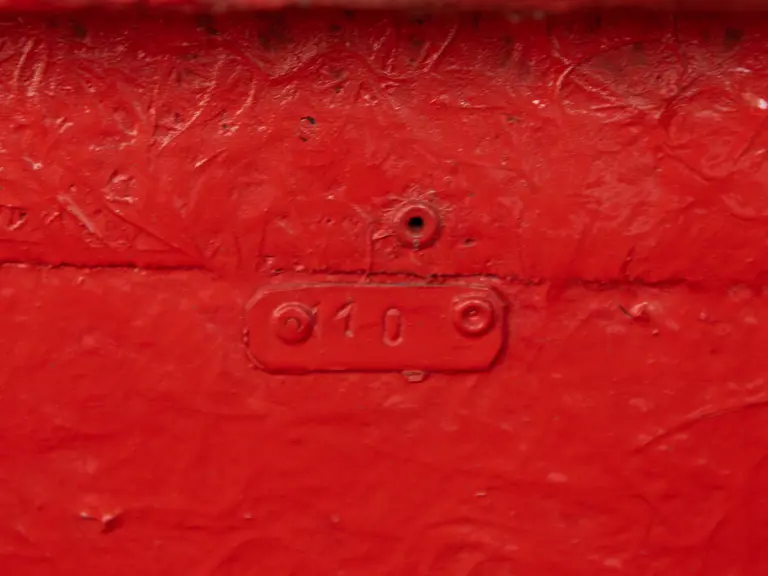
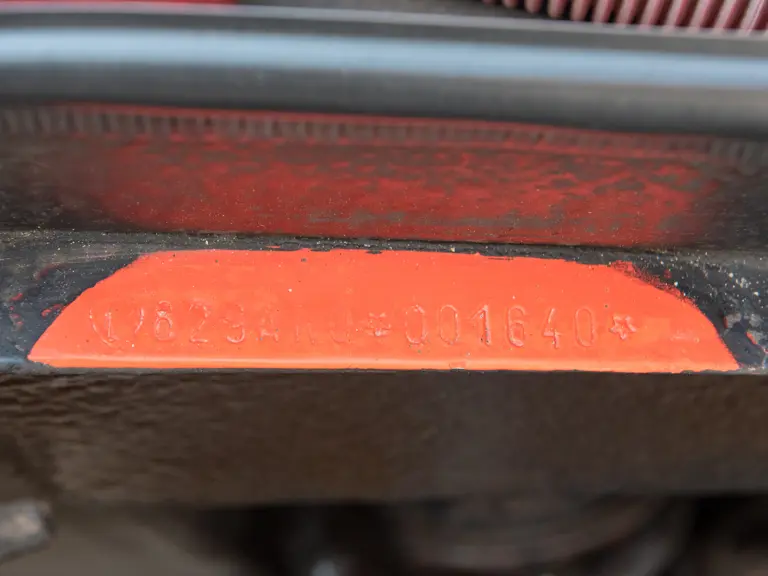

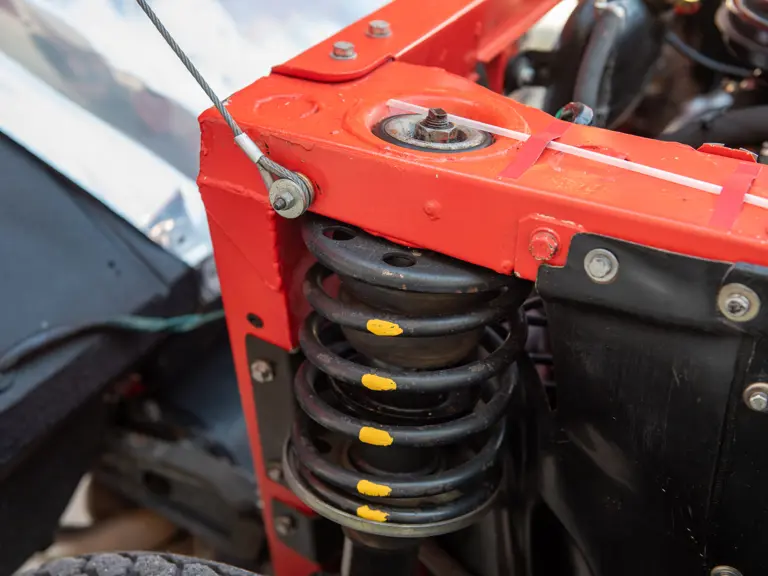
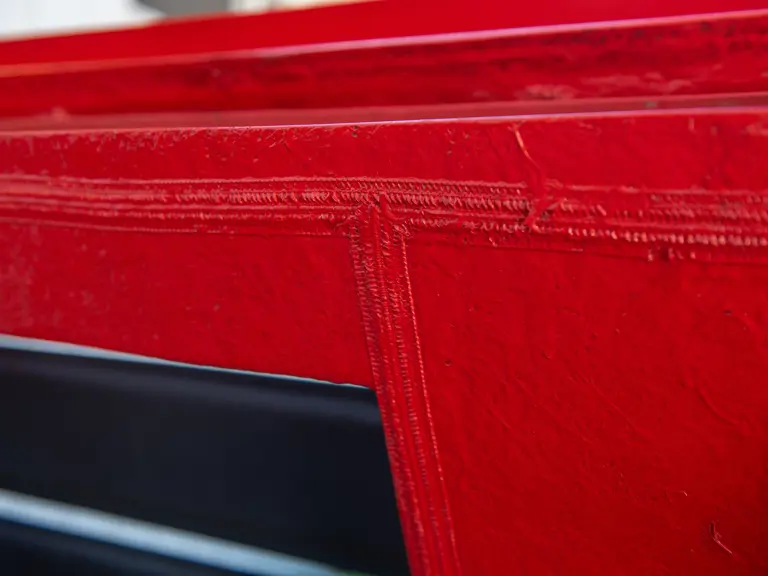
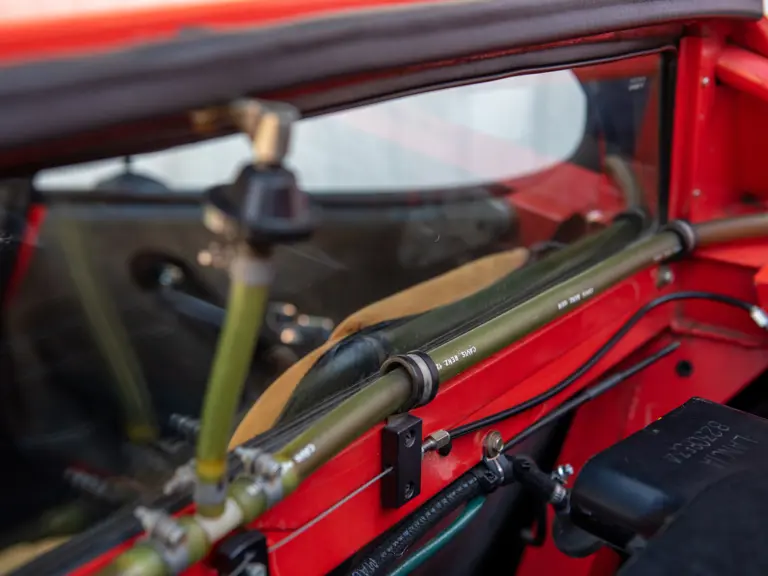
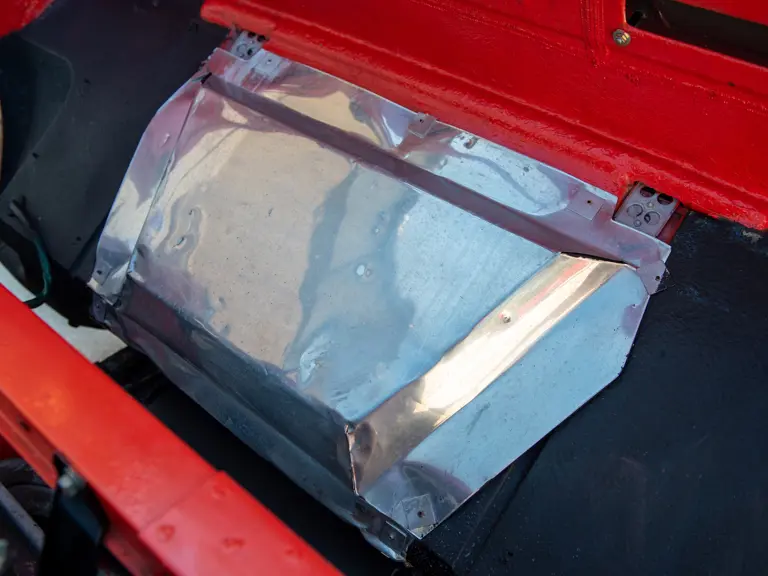
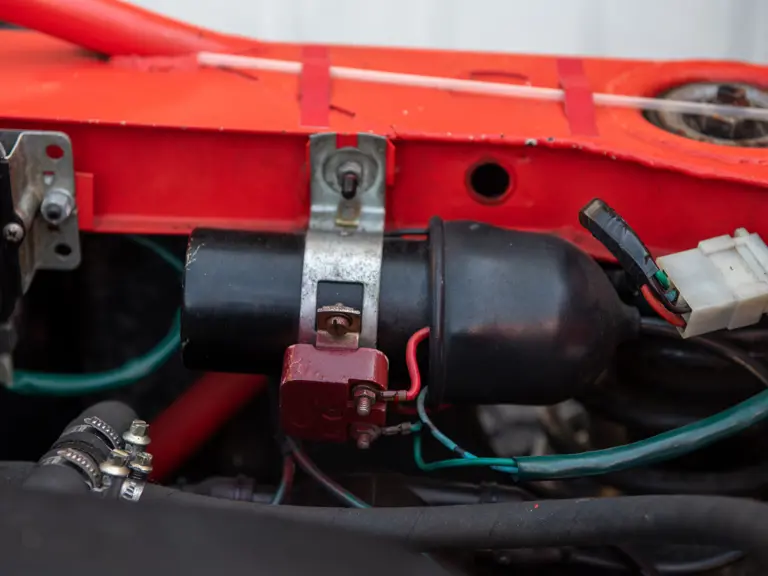
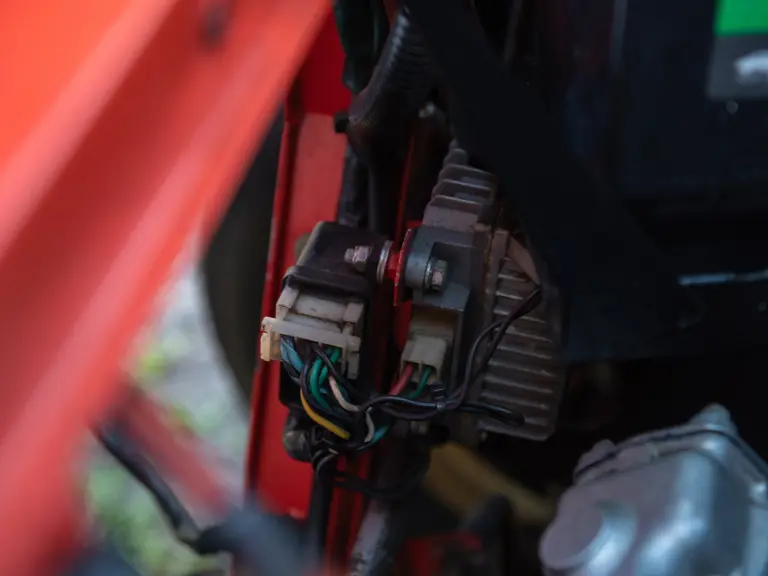
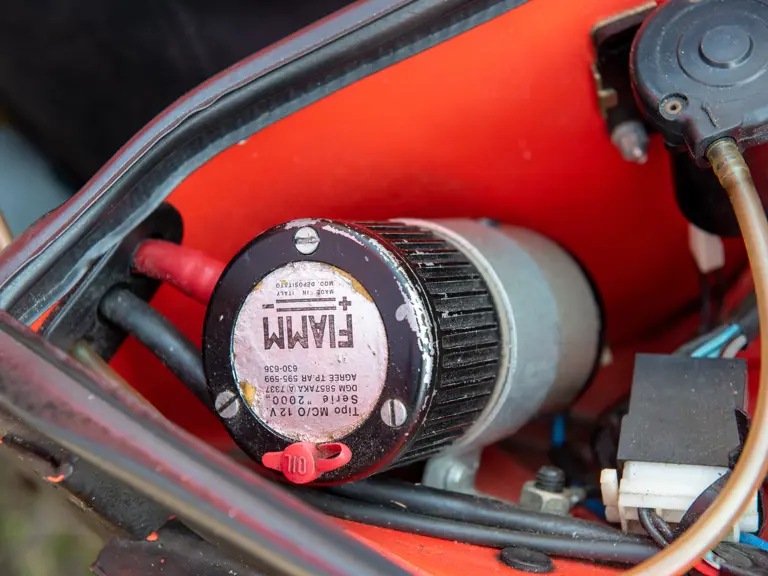
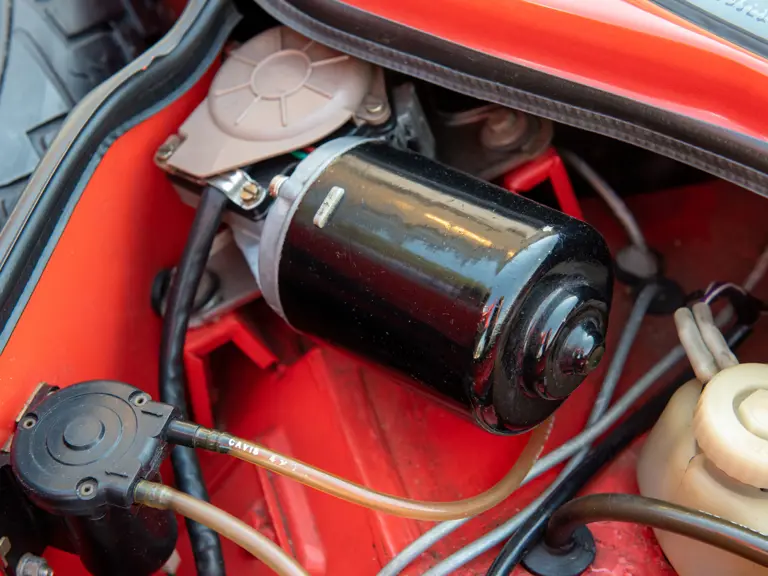
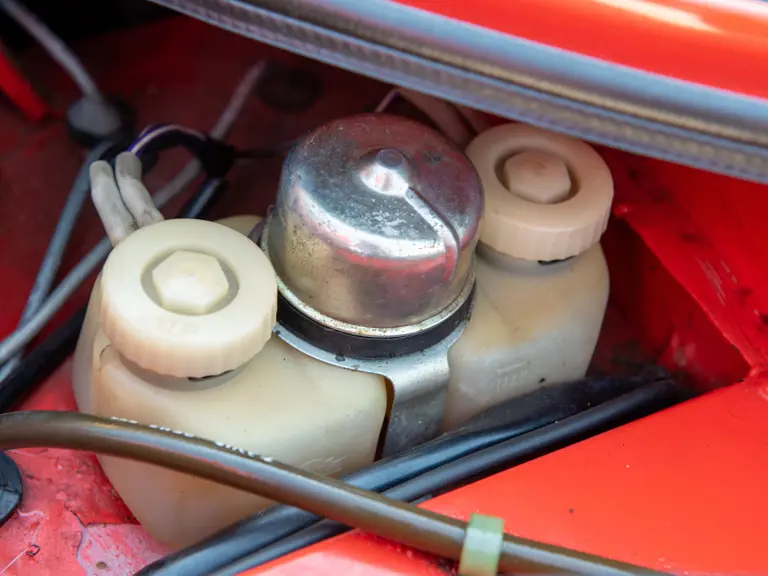
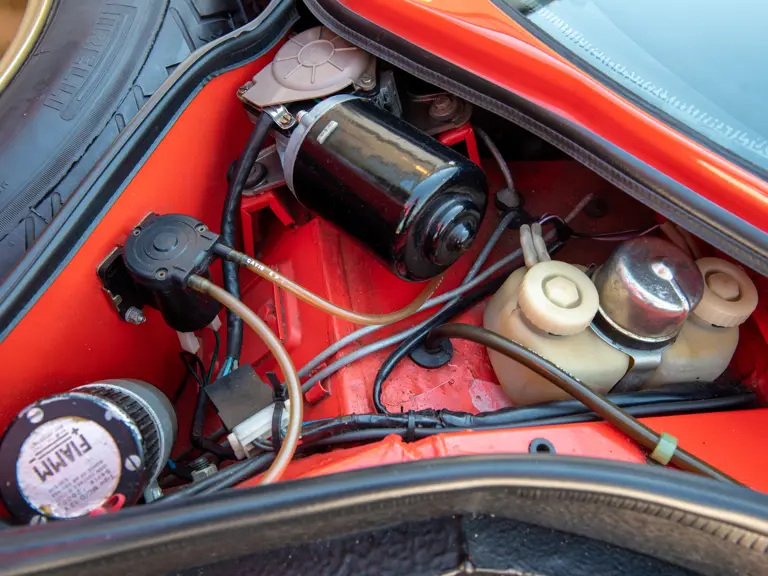
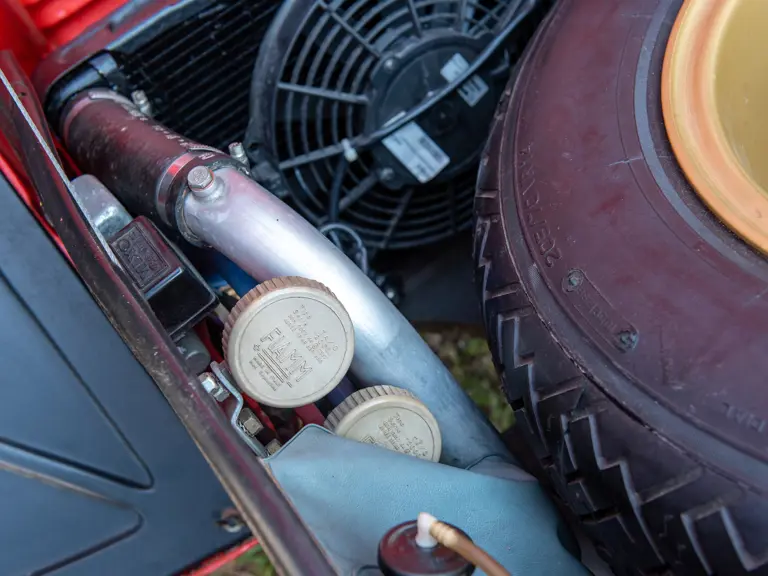
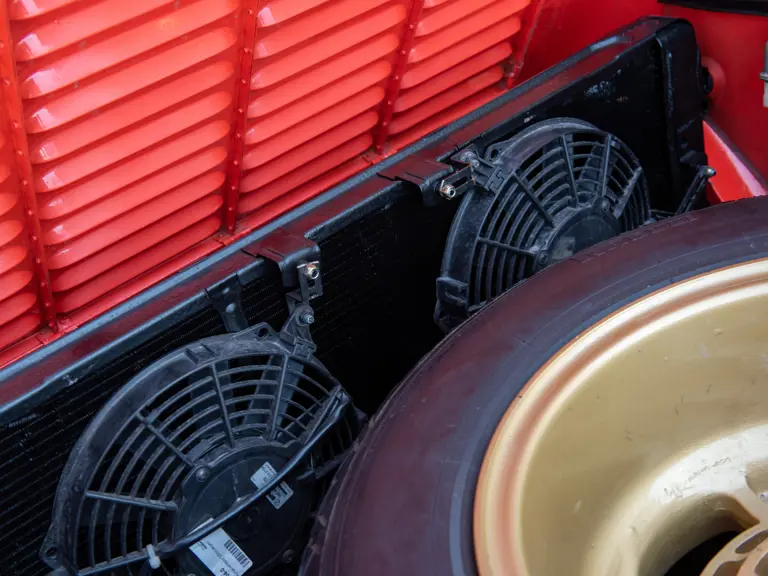
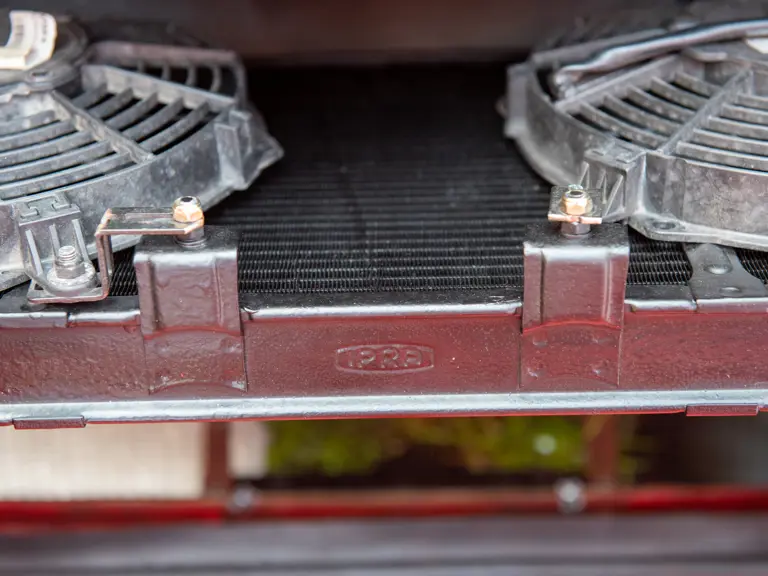
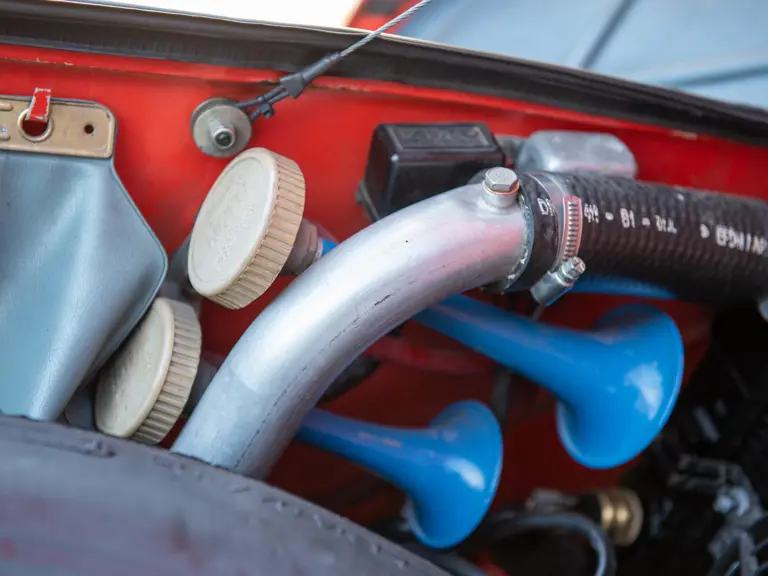
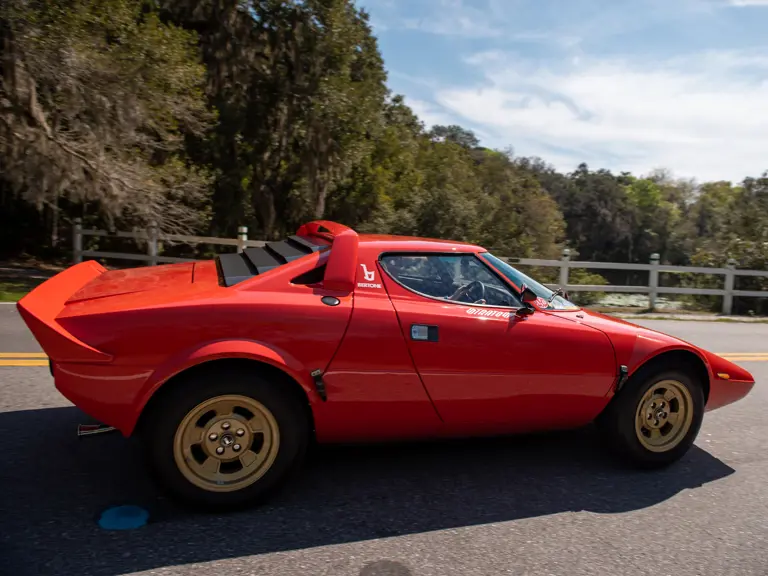
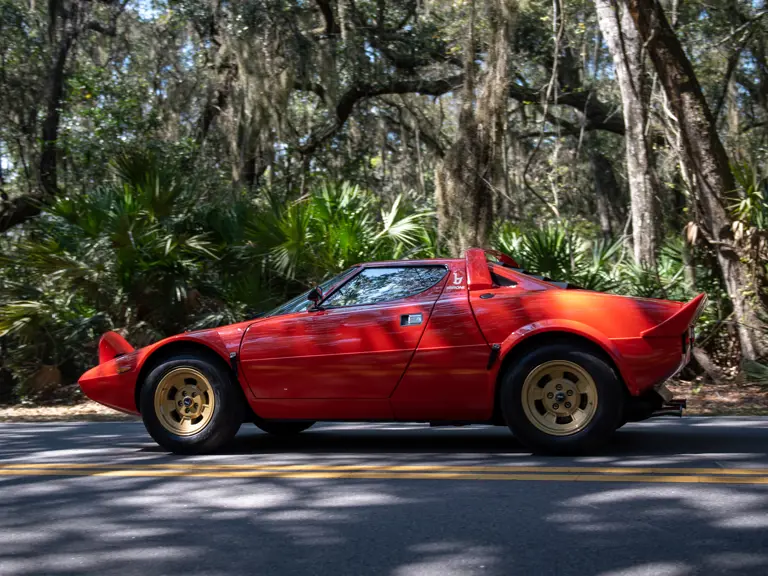
 | Culver City, California
| Culver City, California

